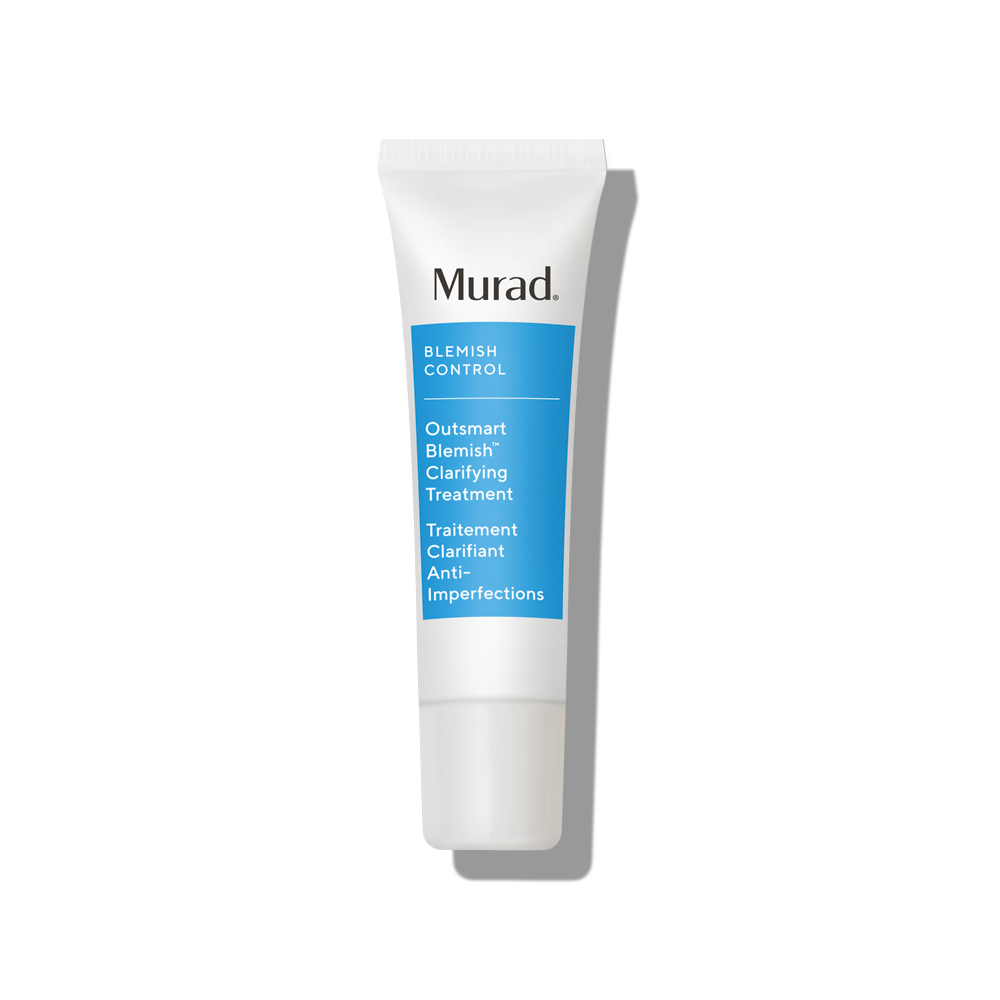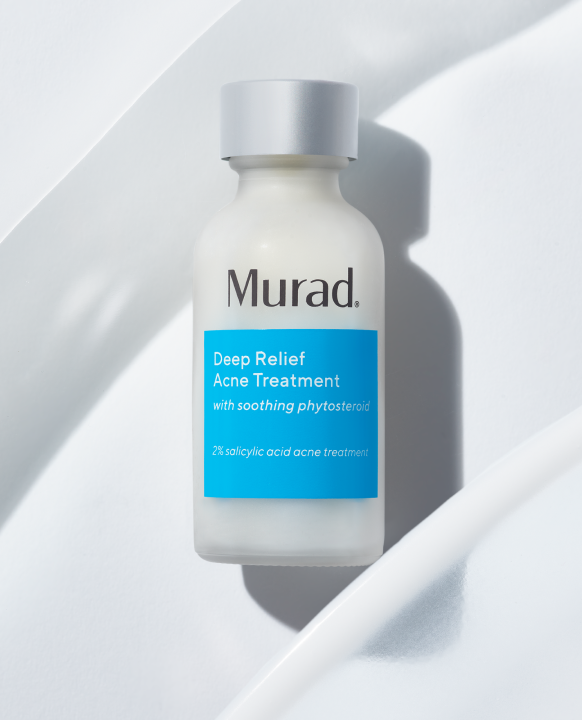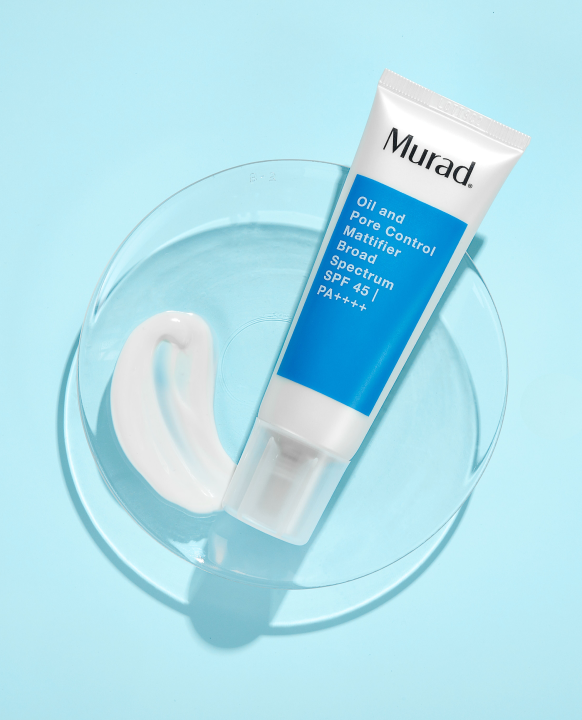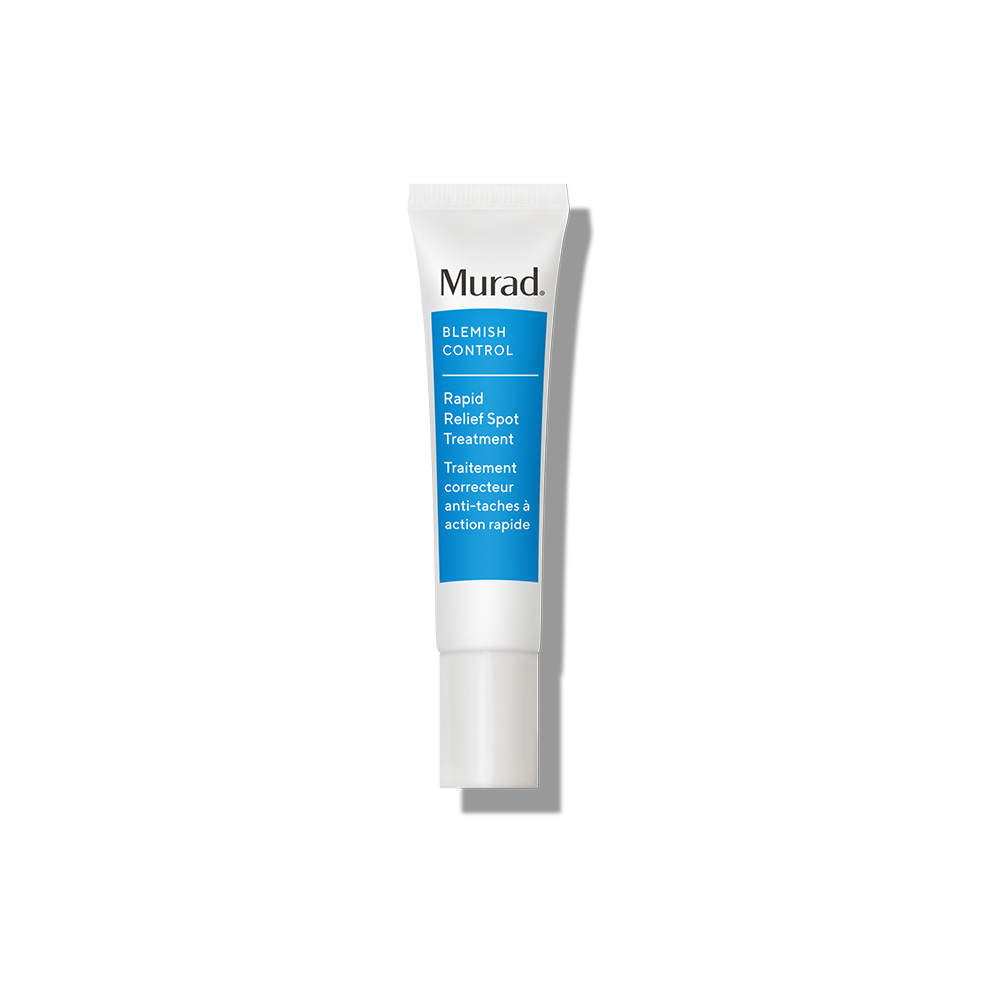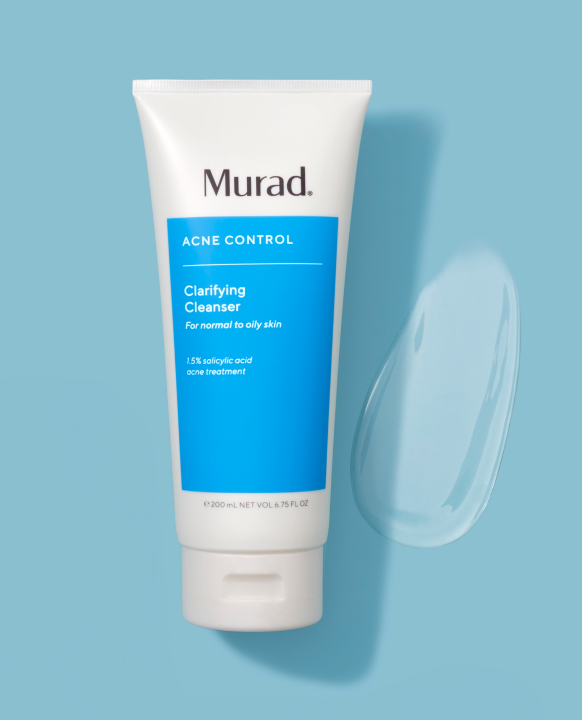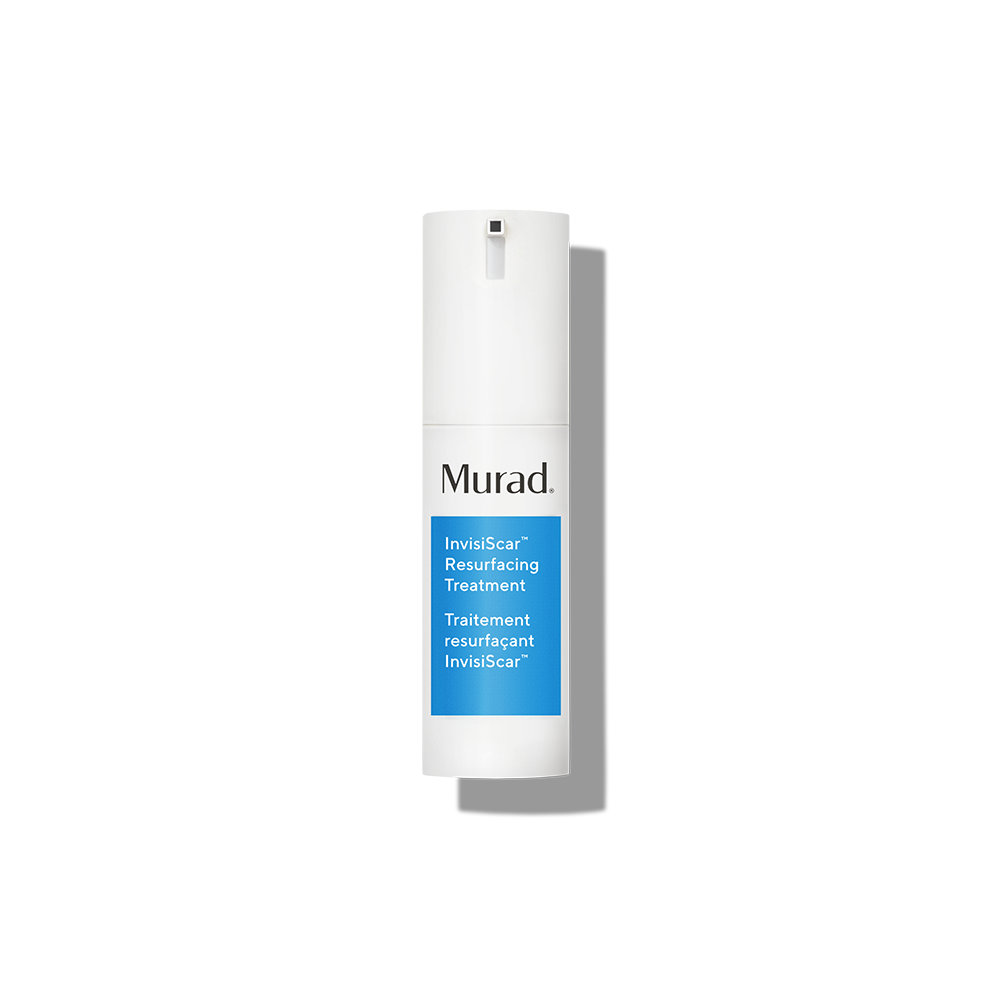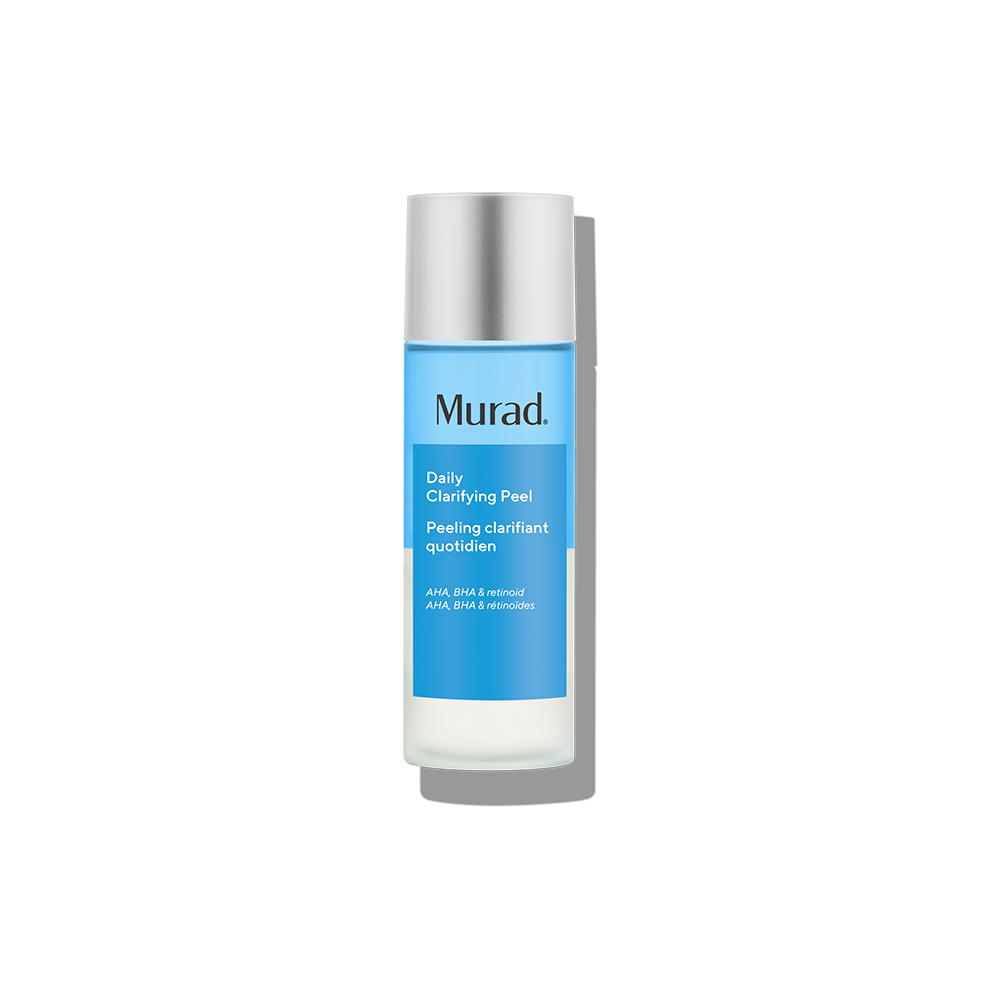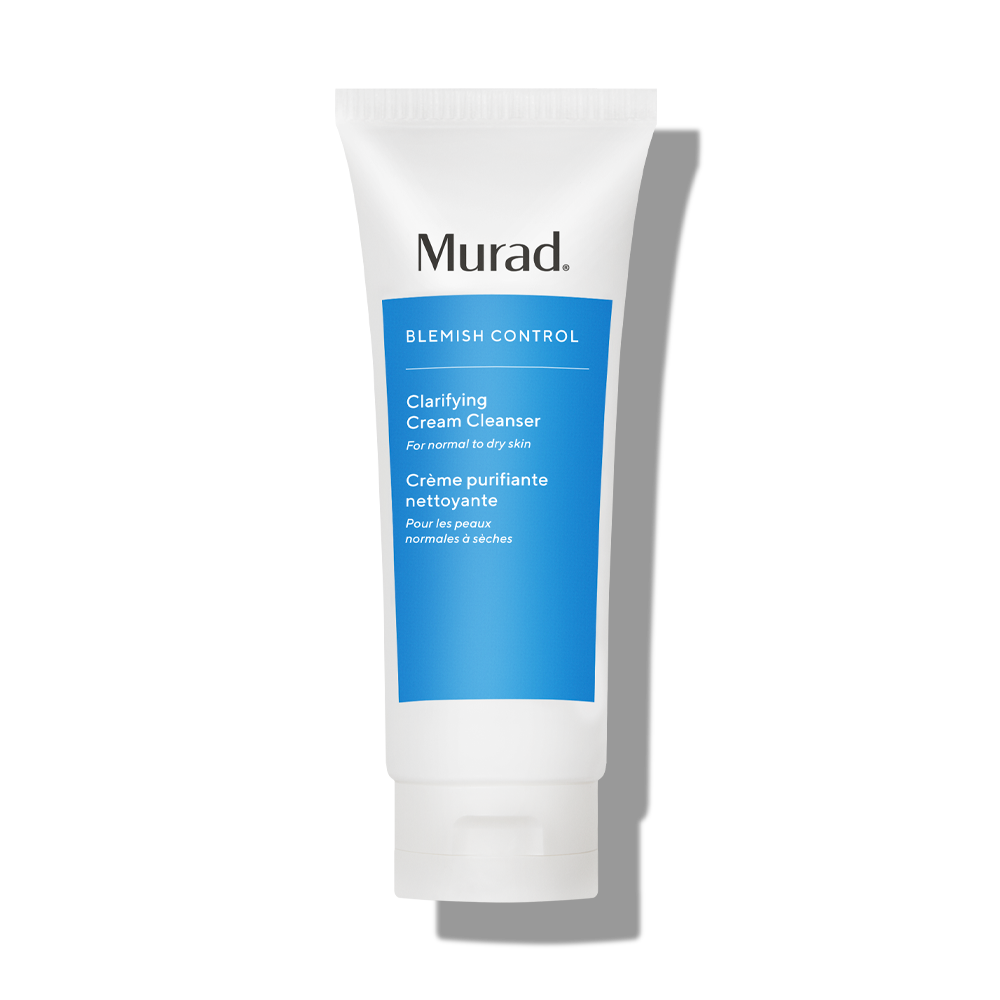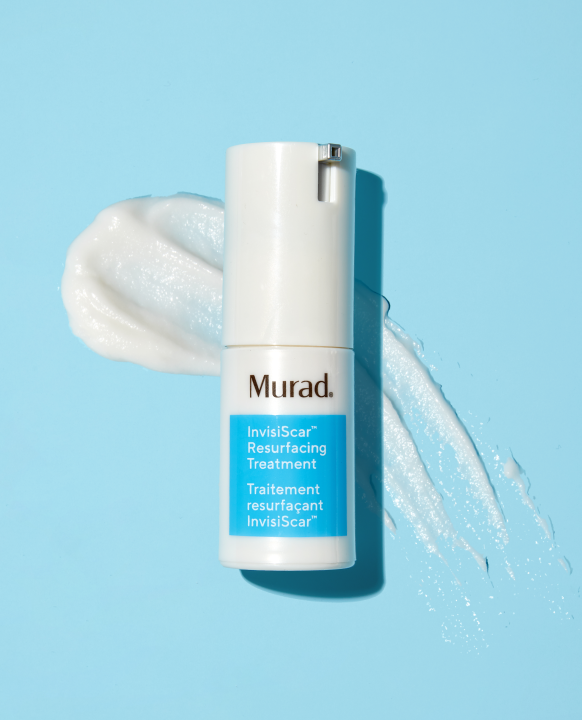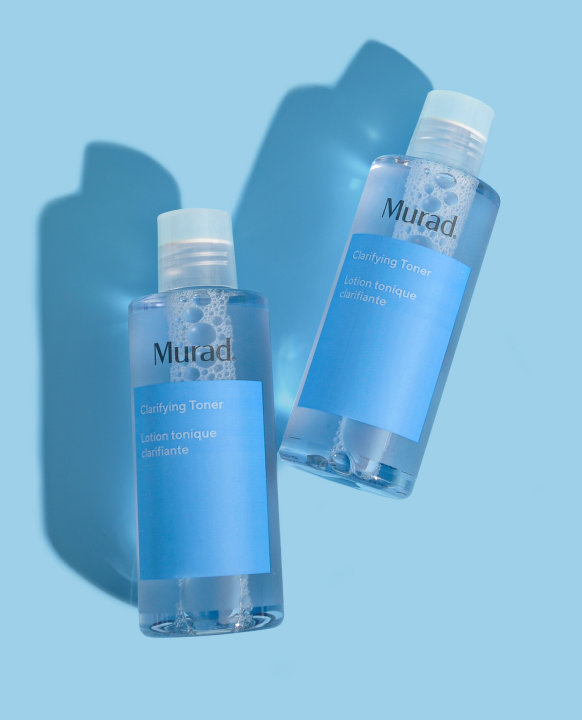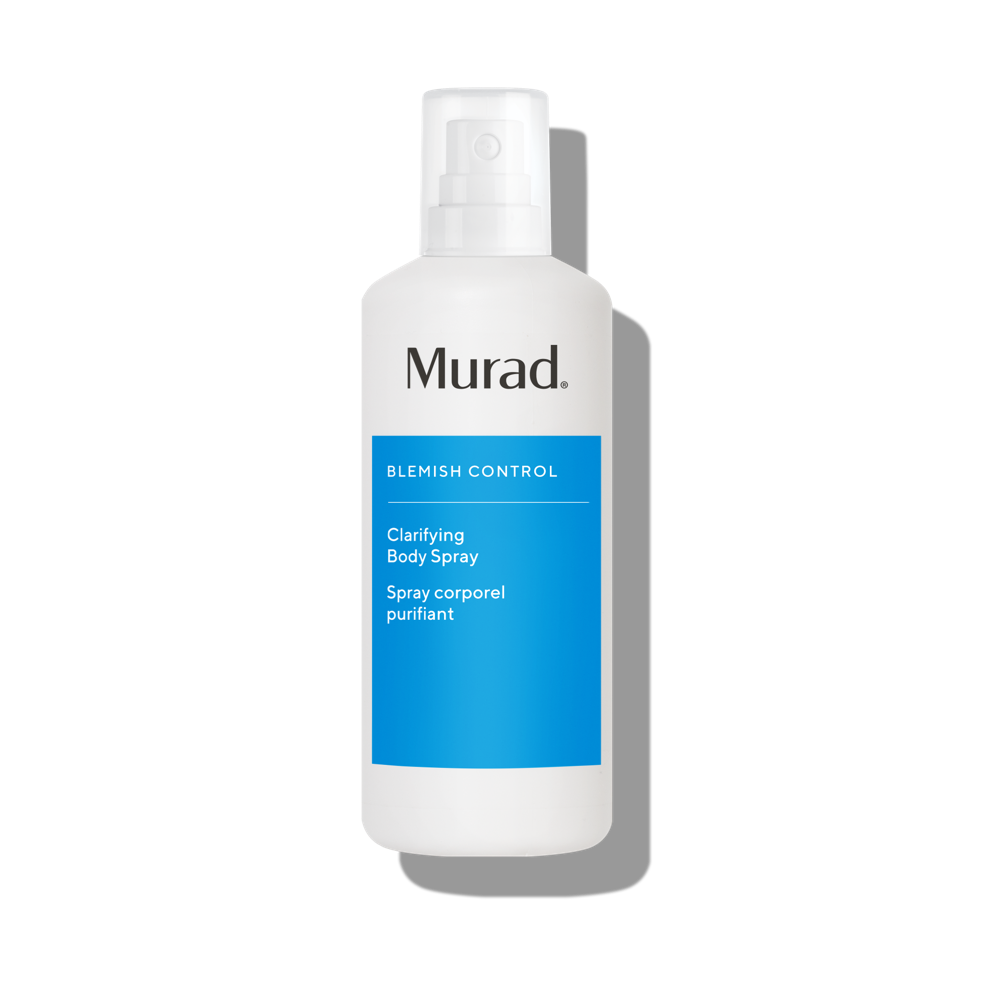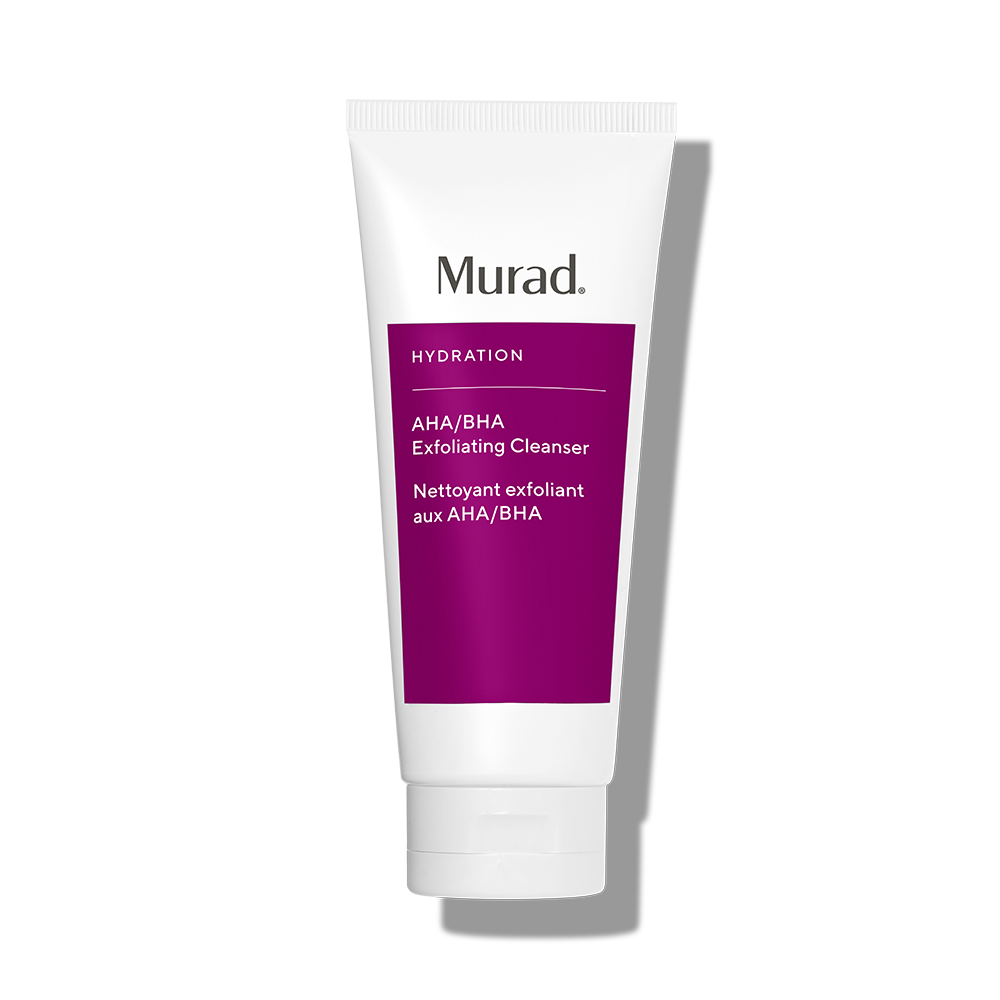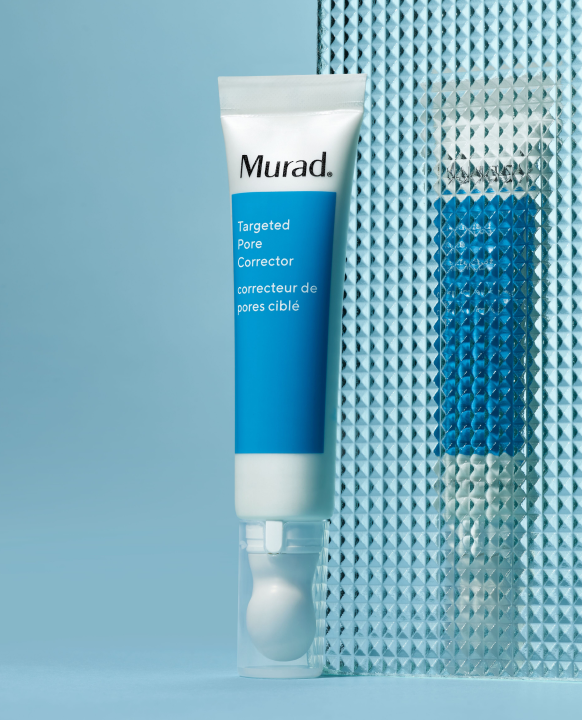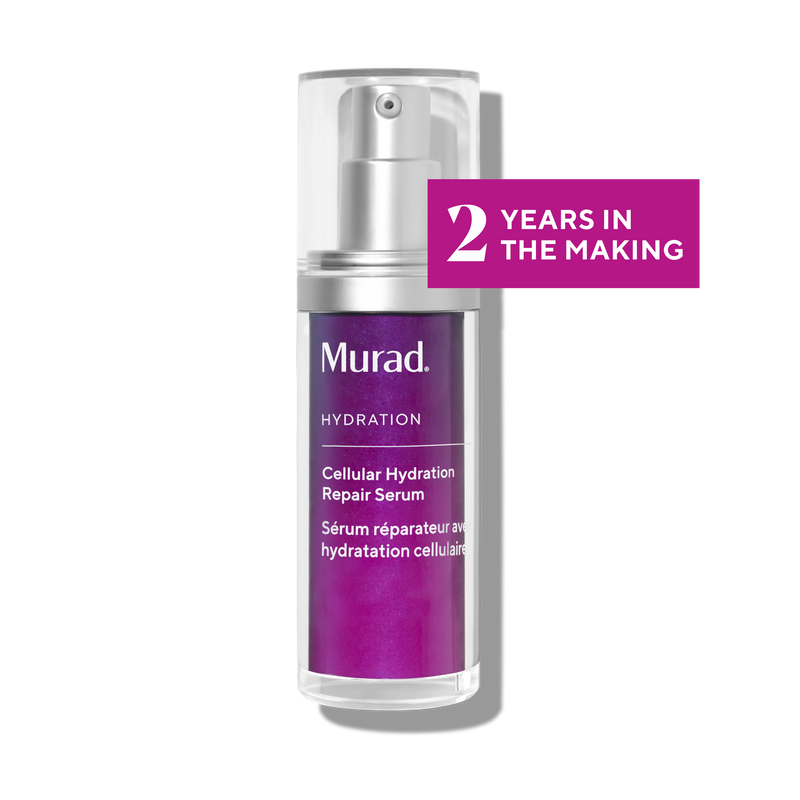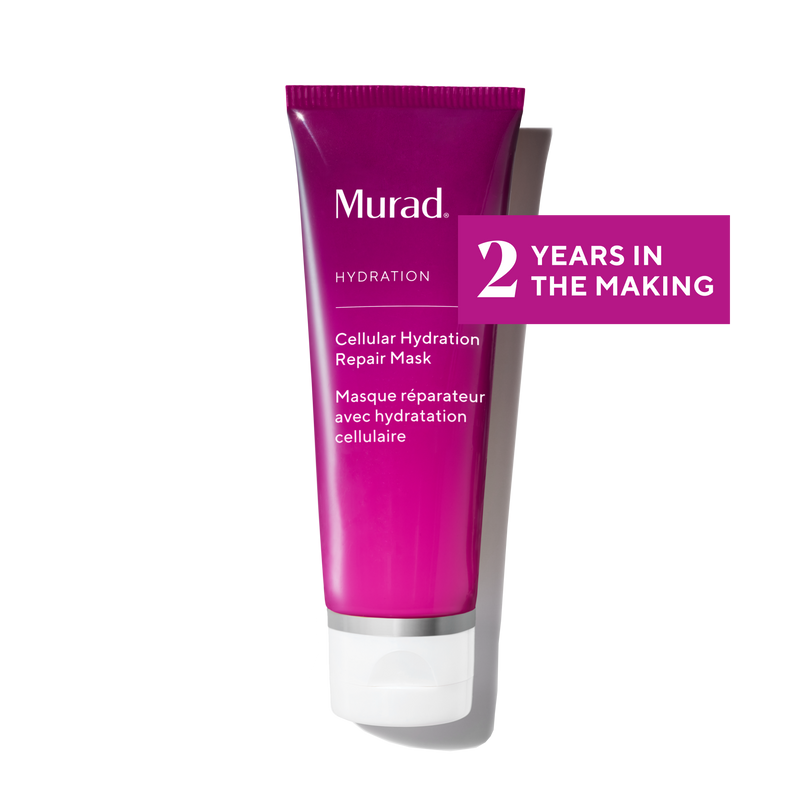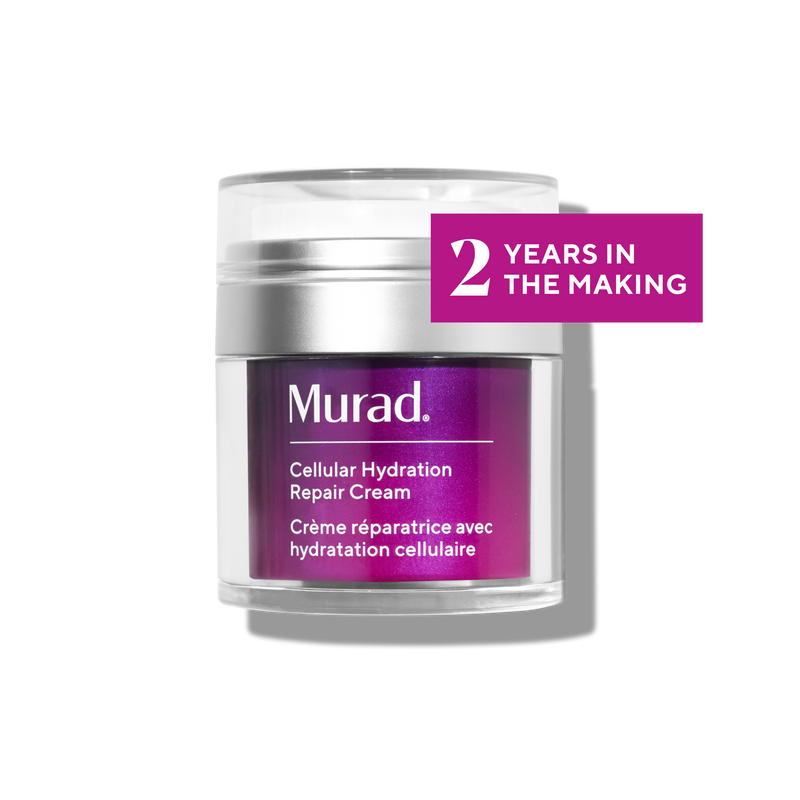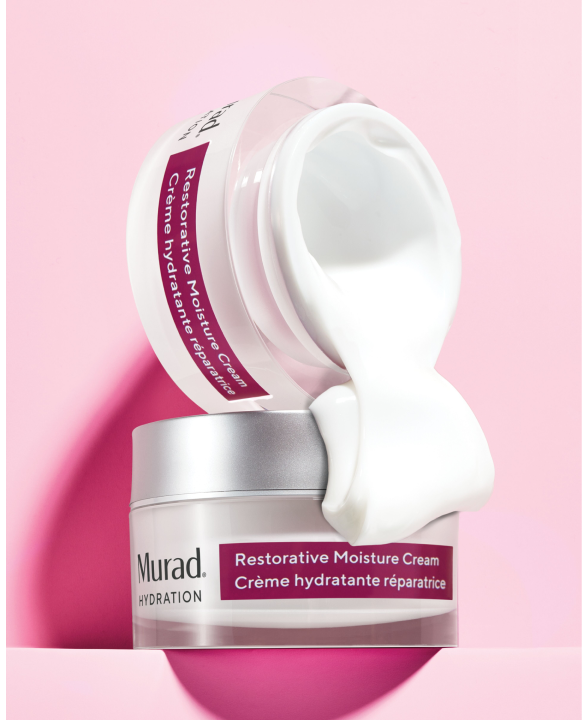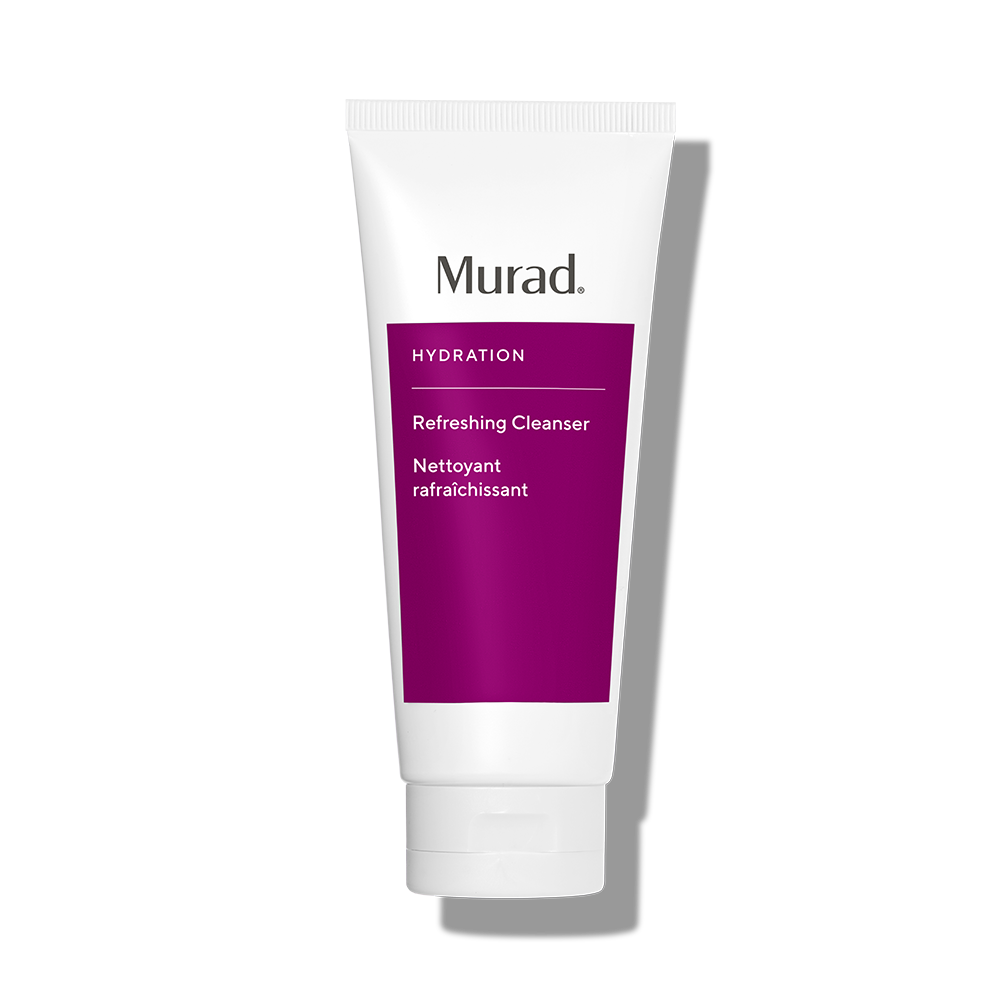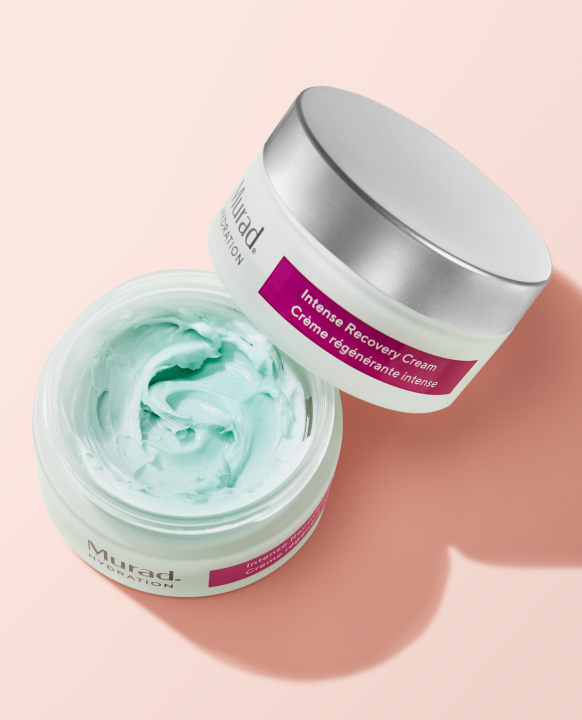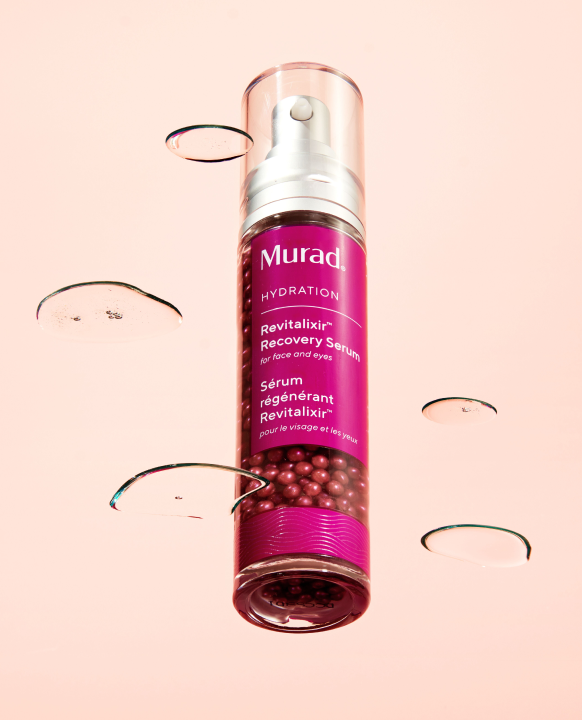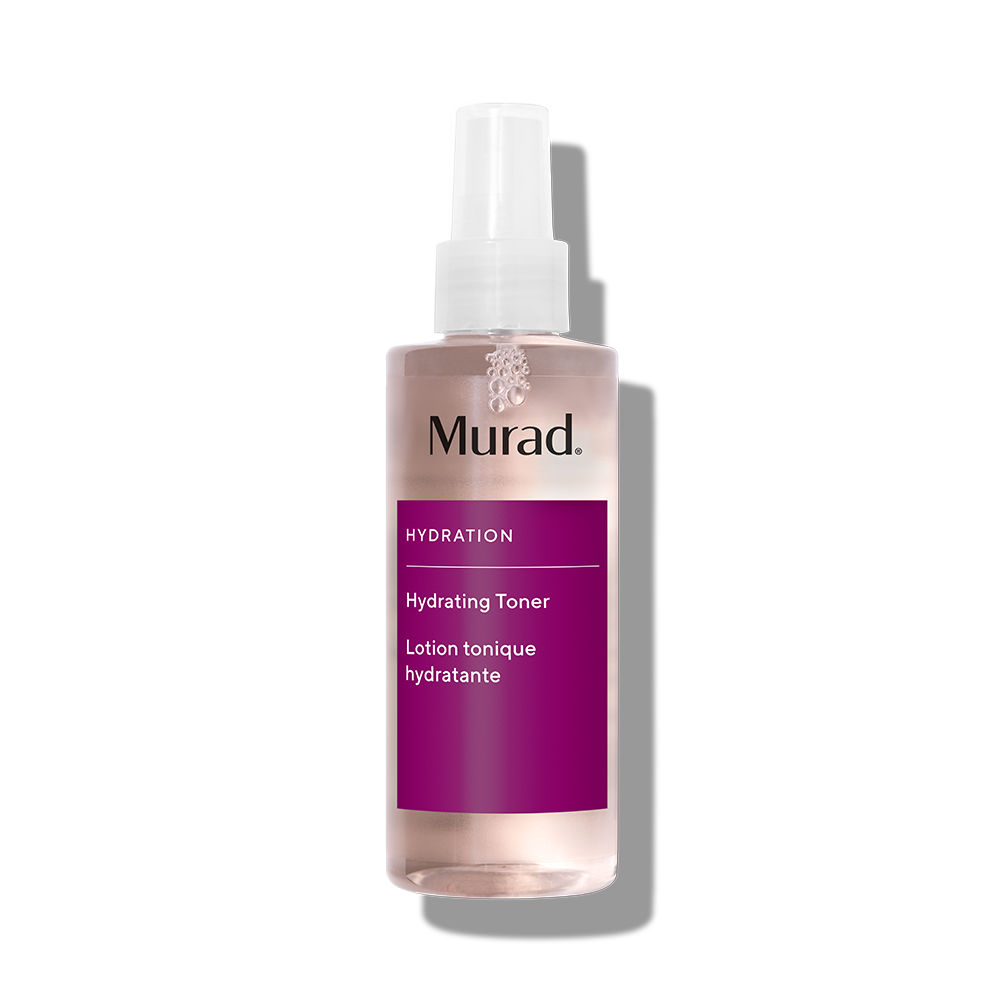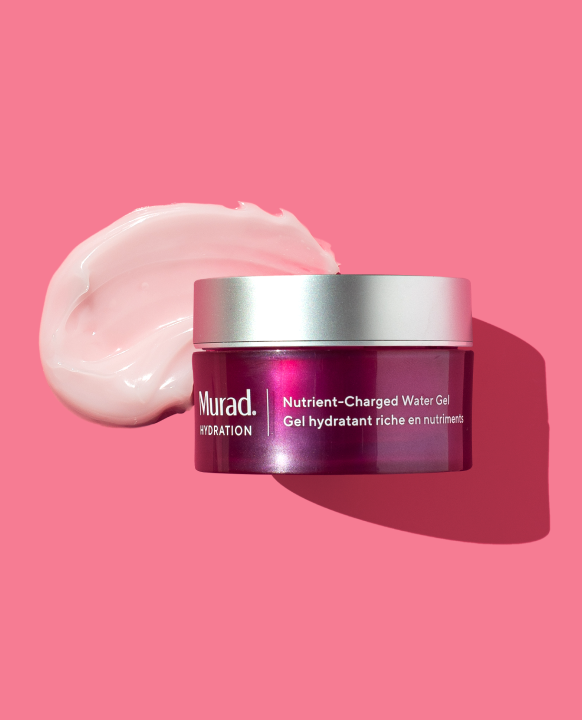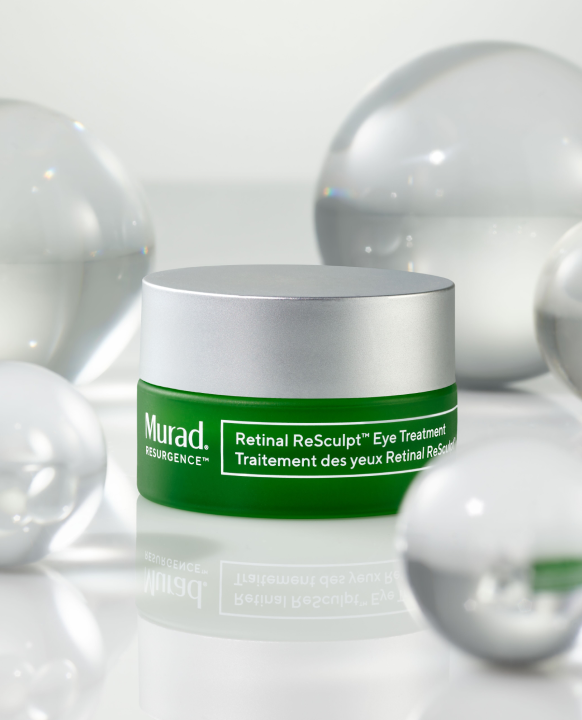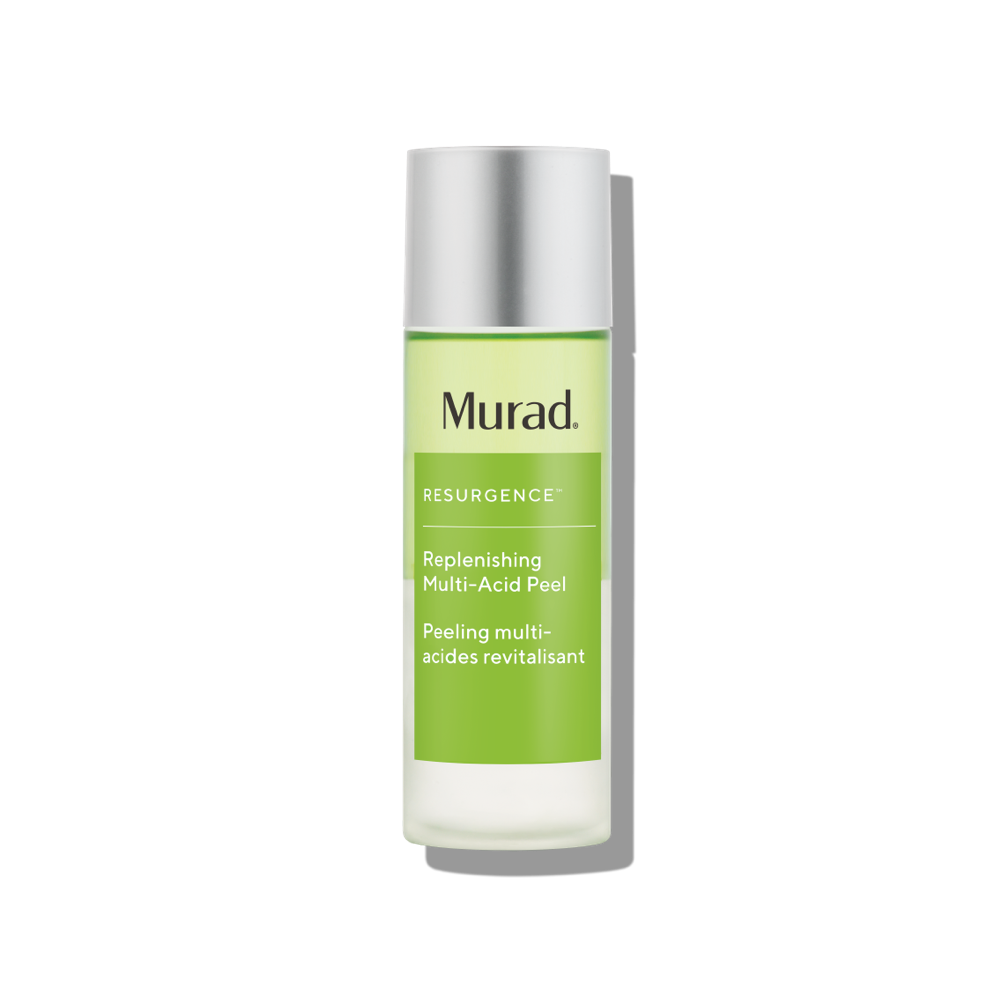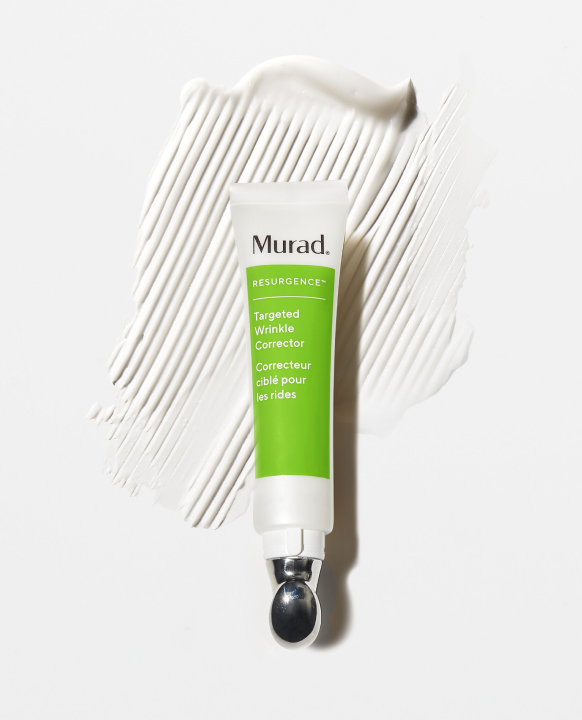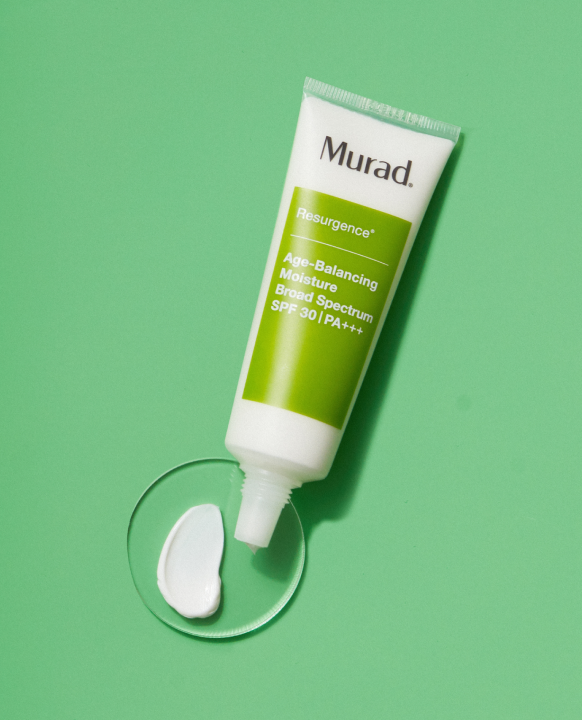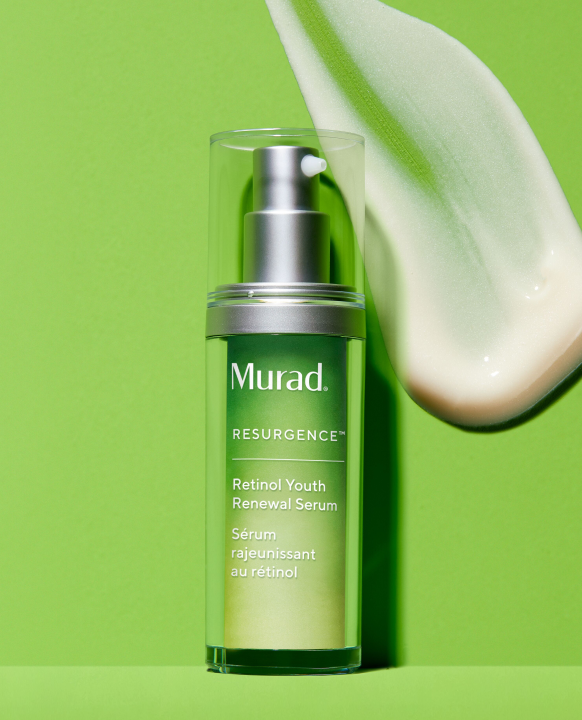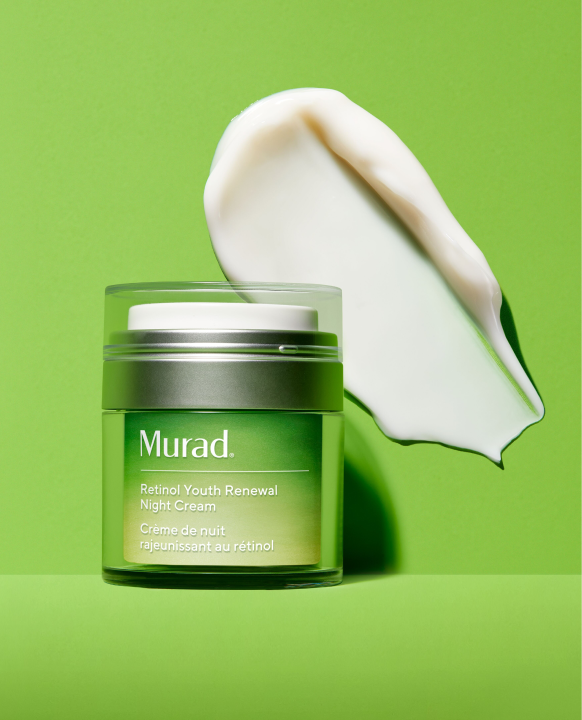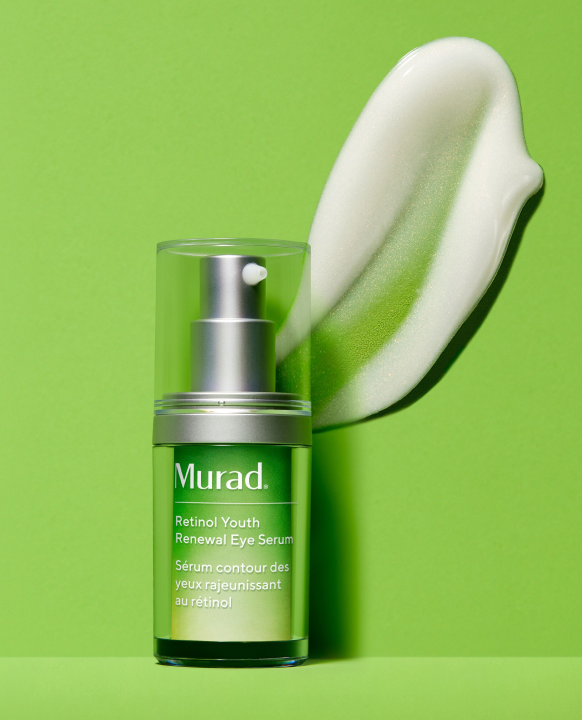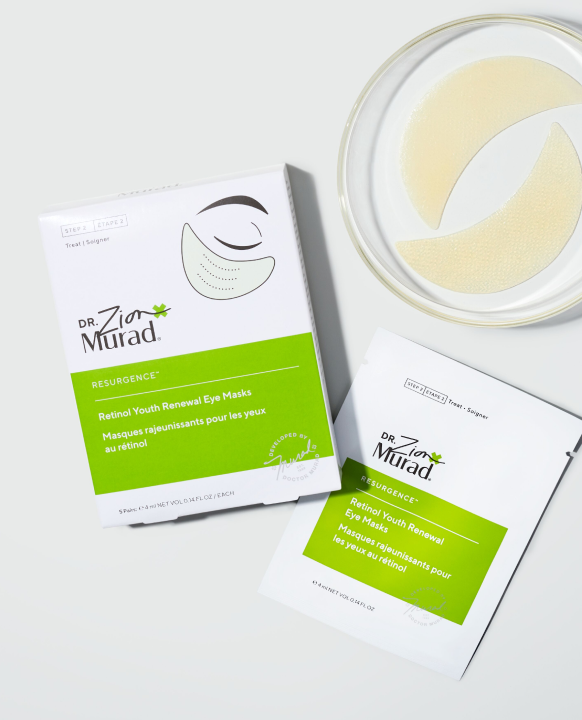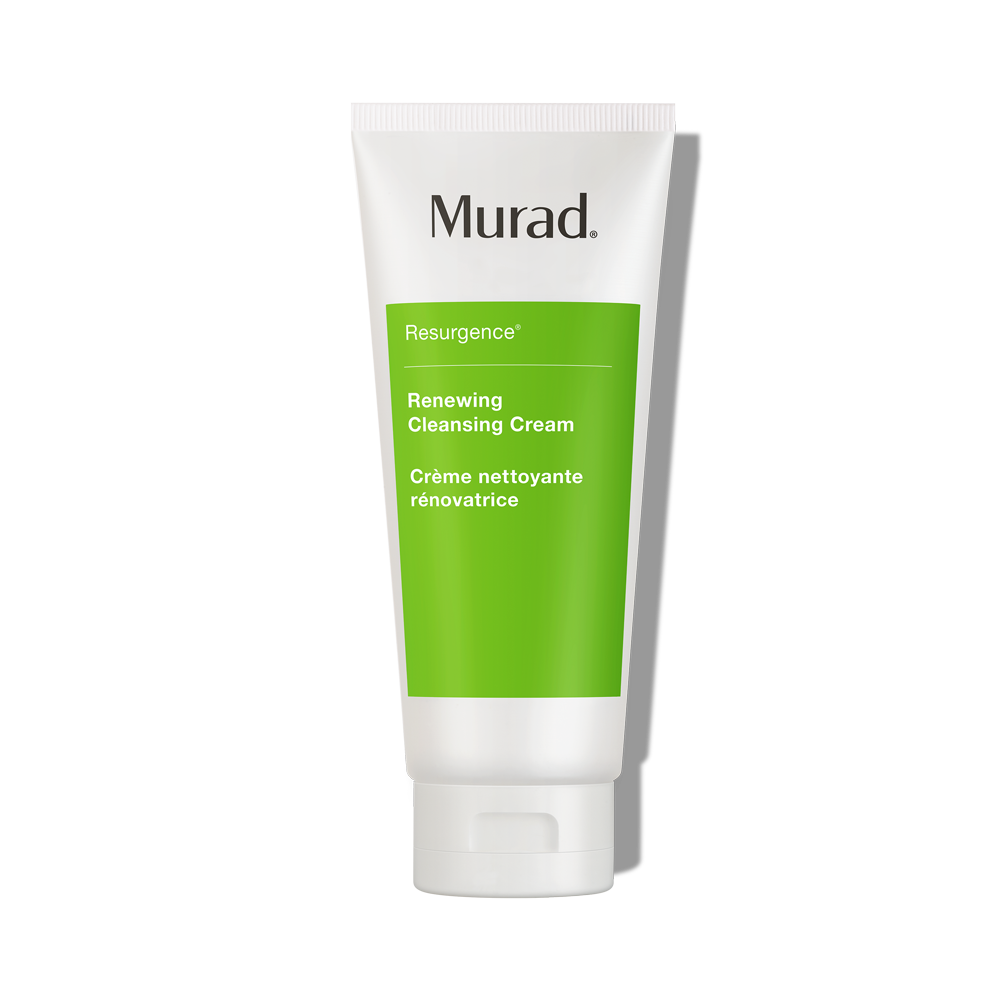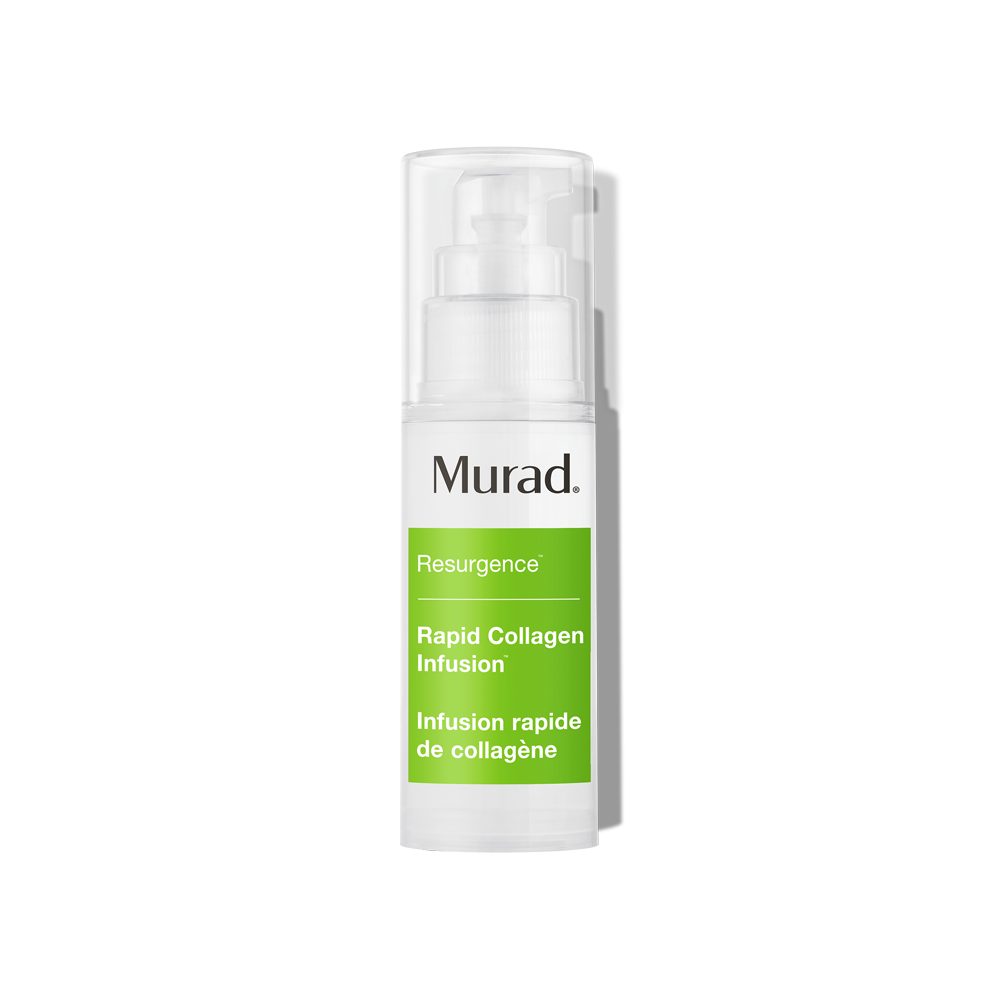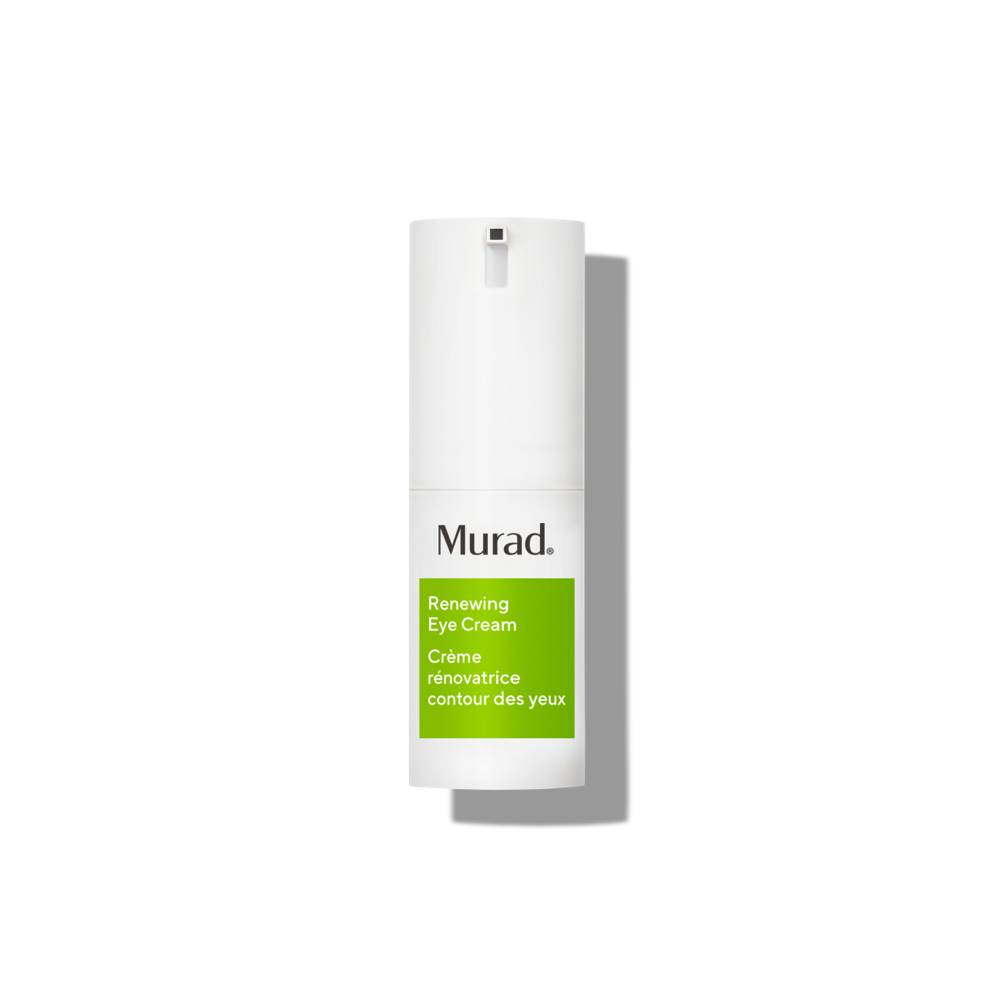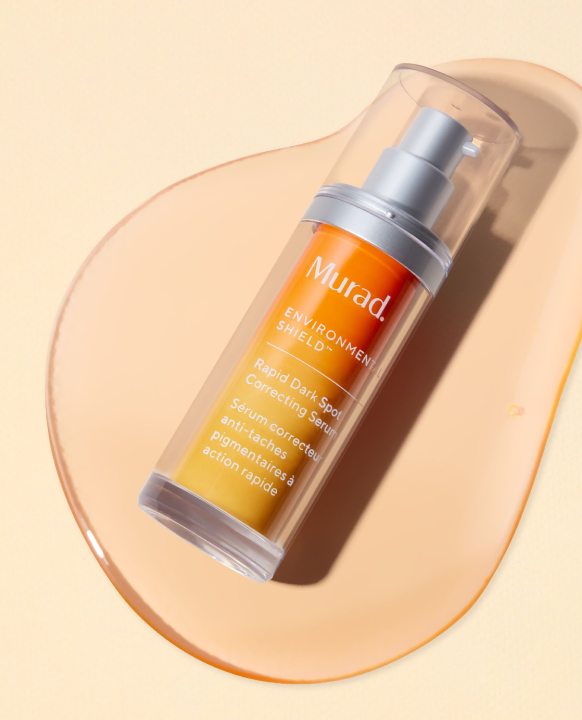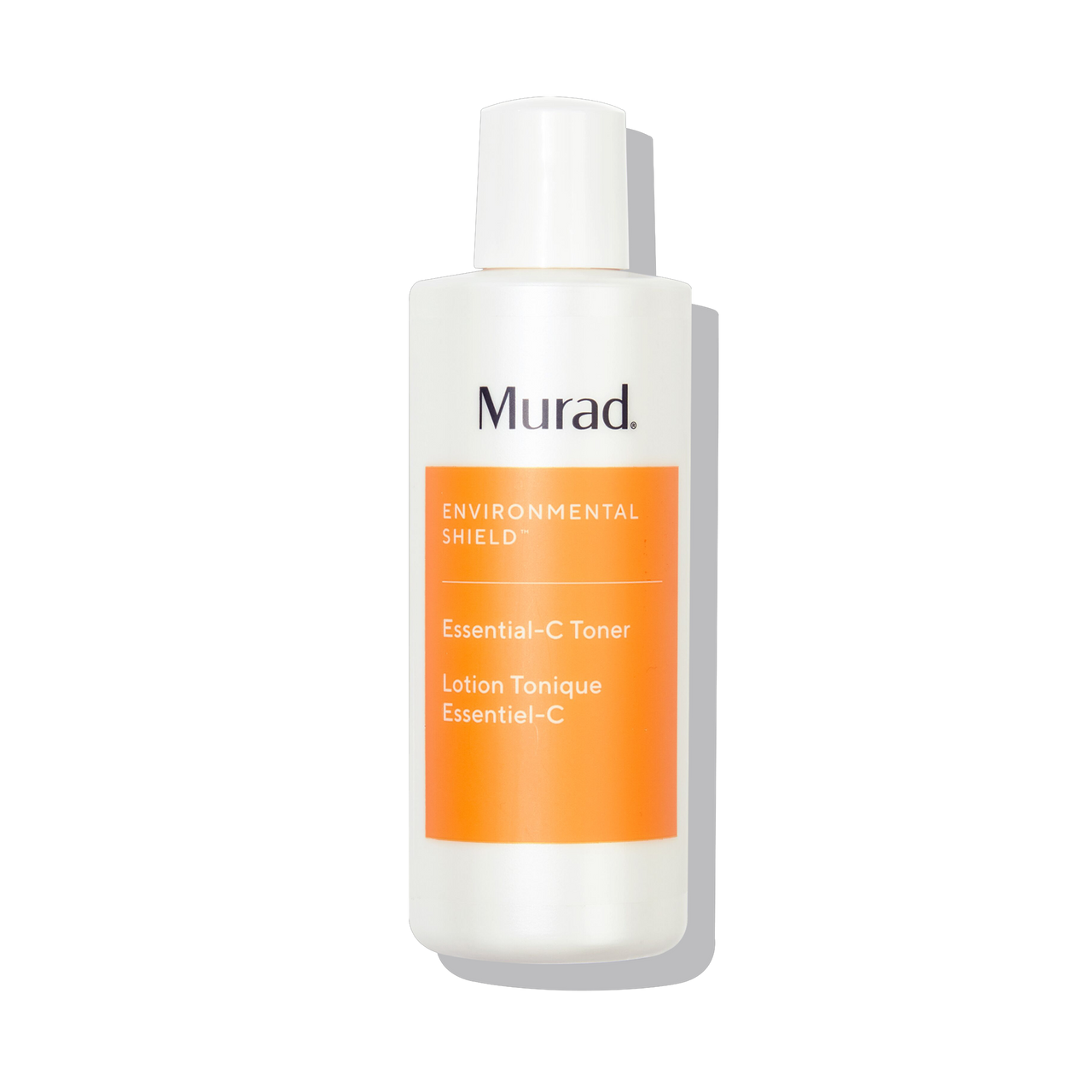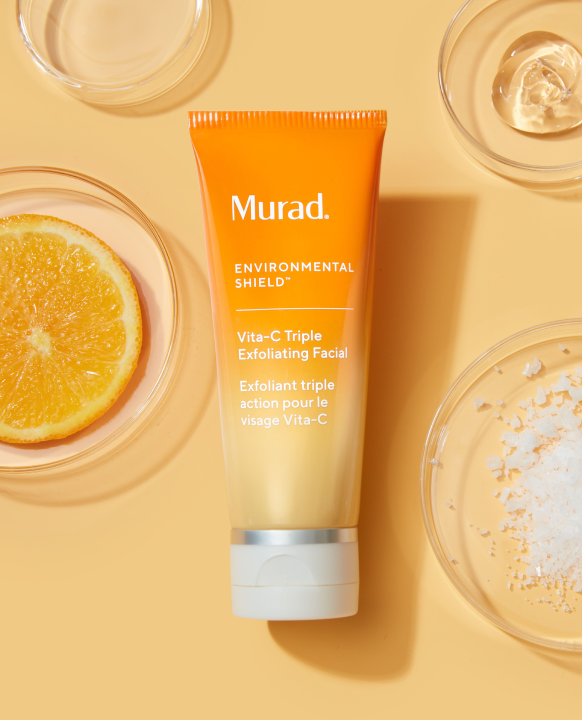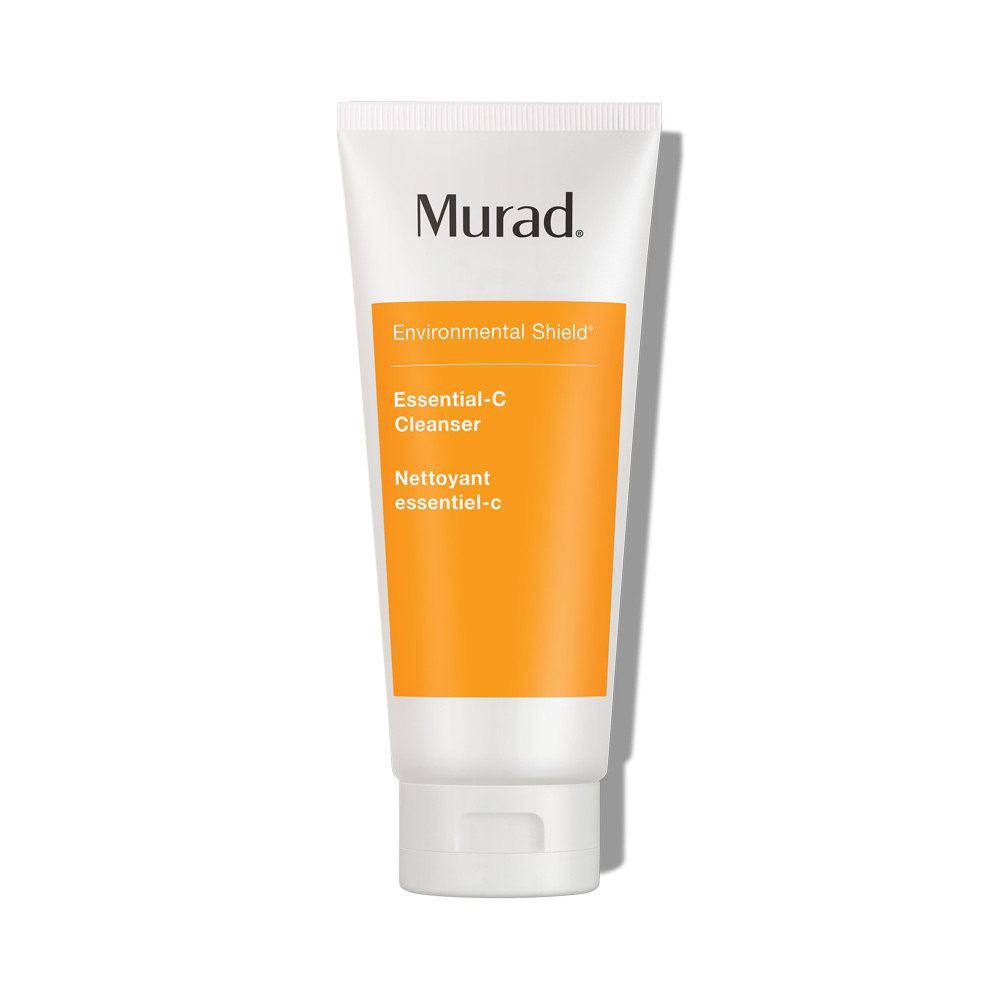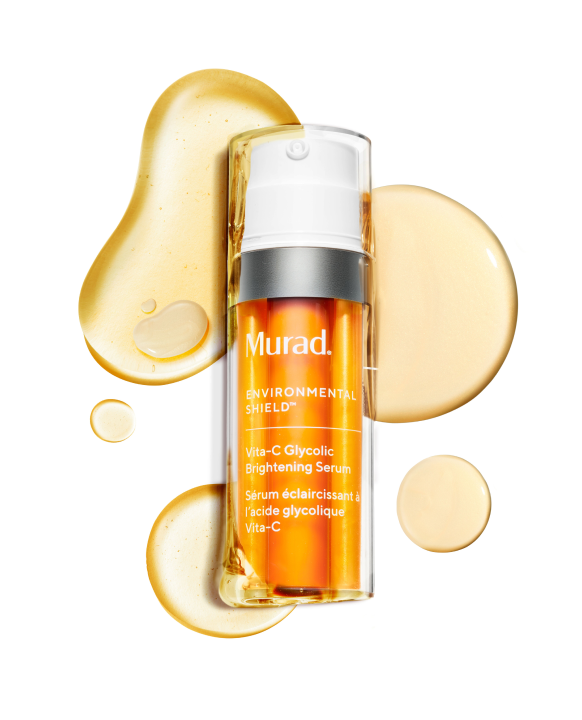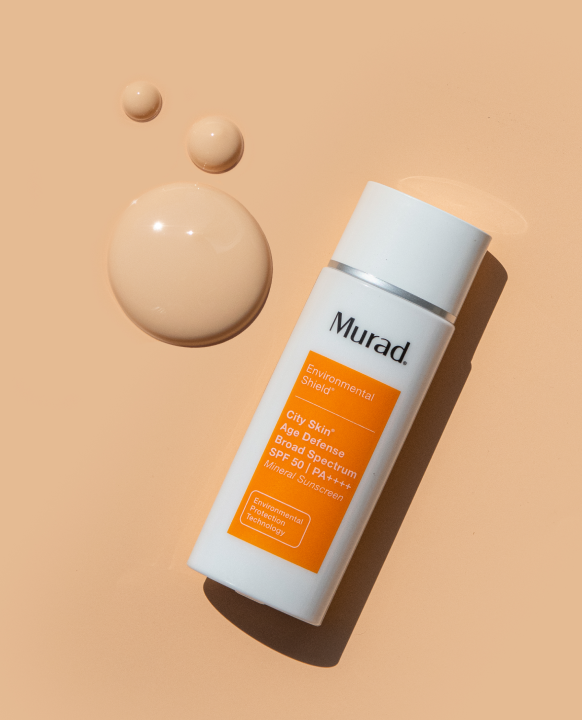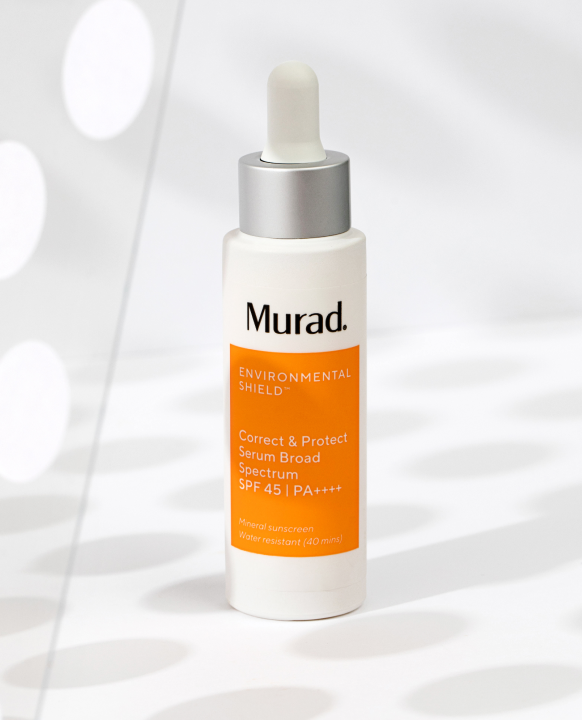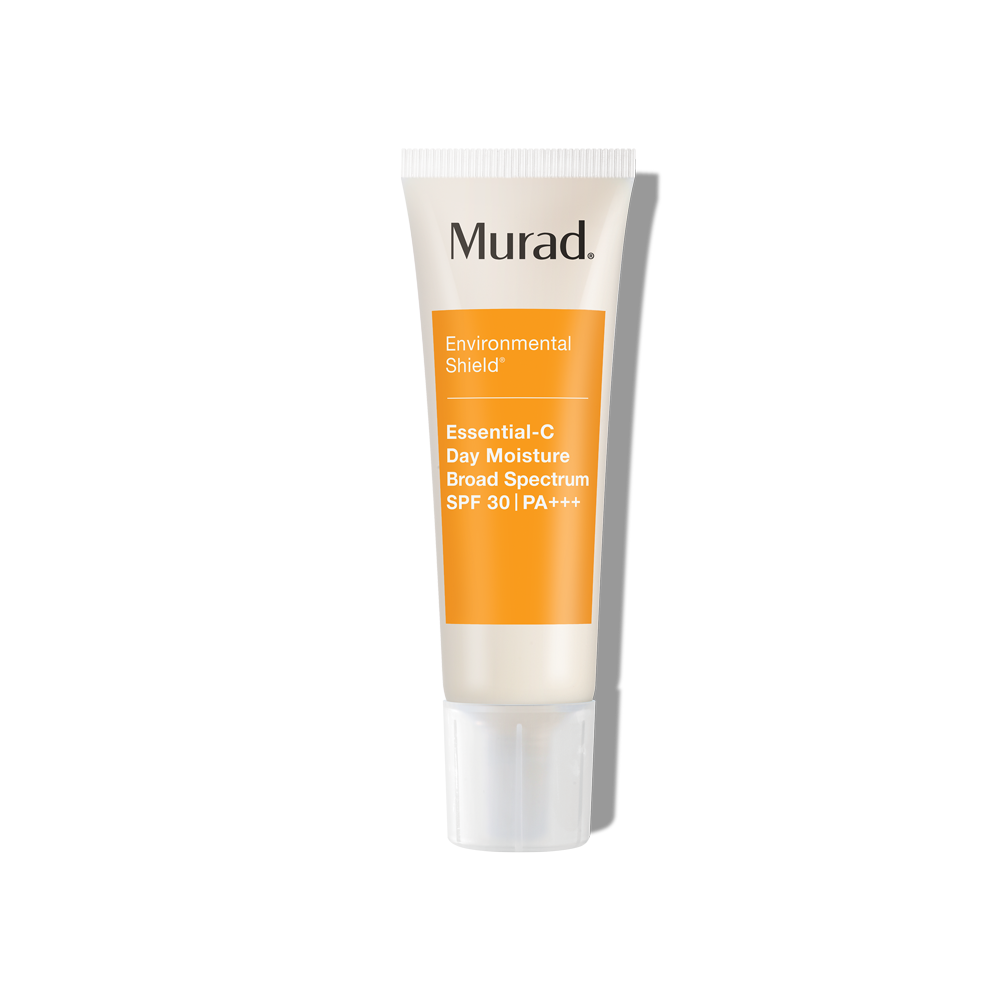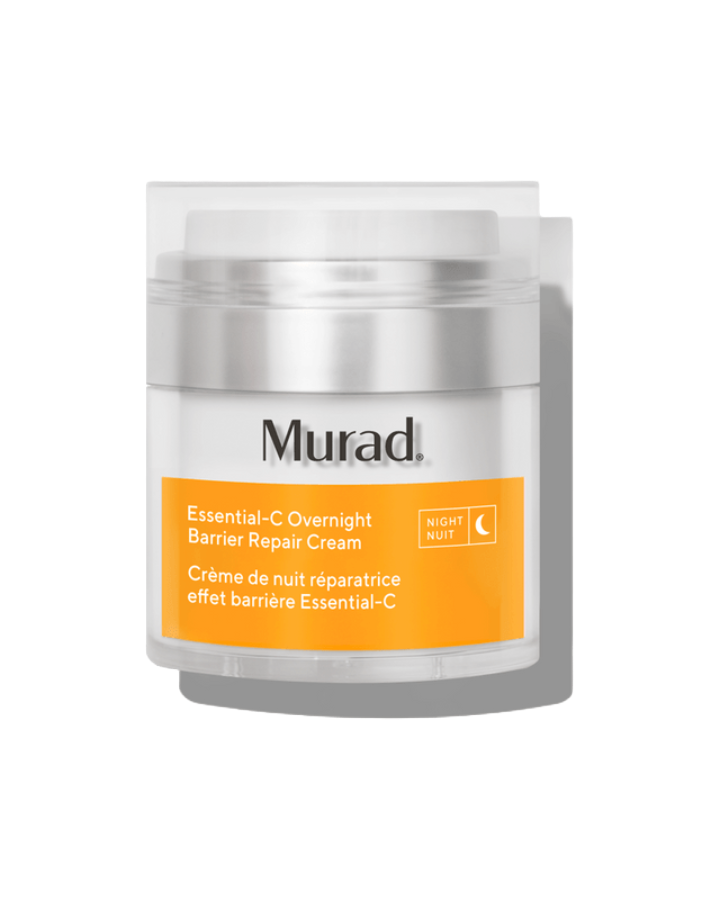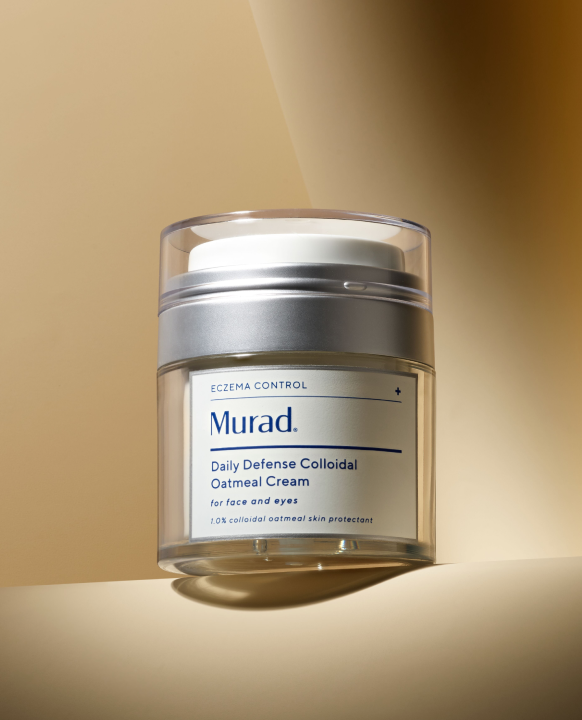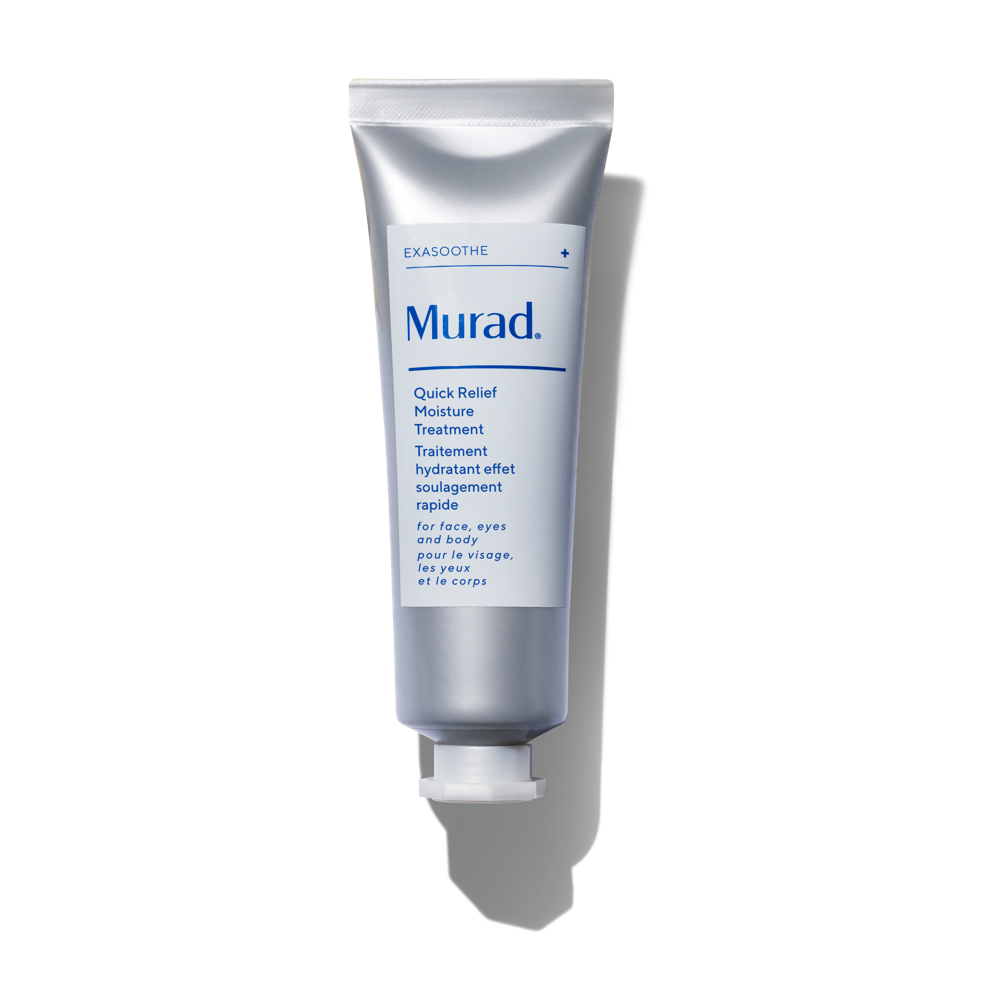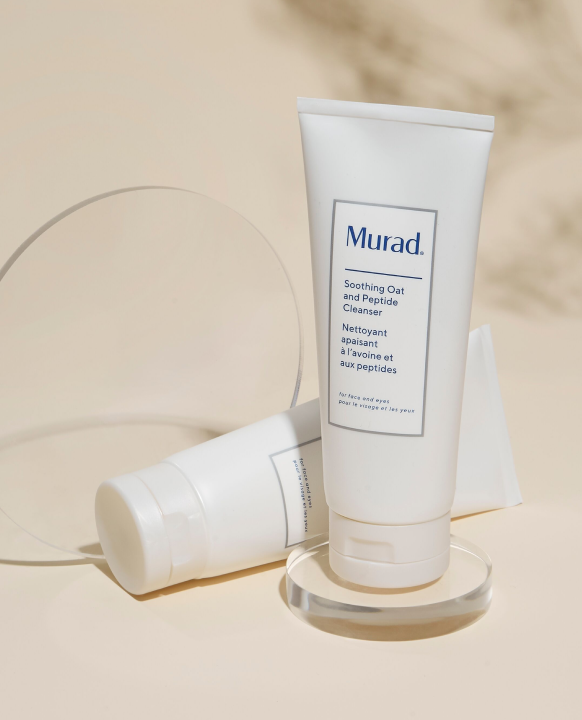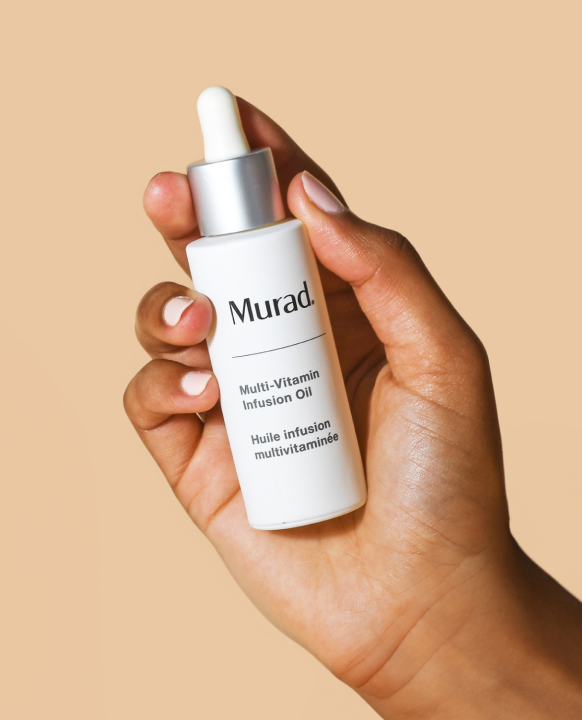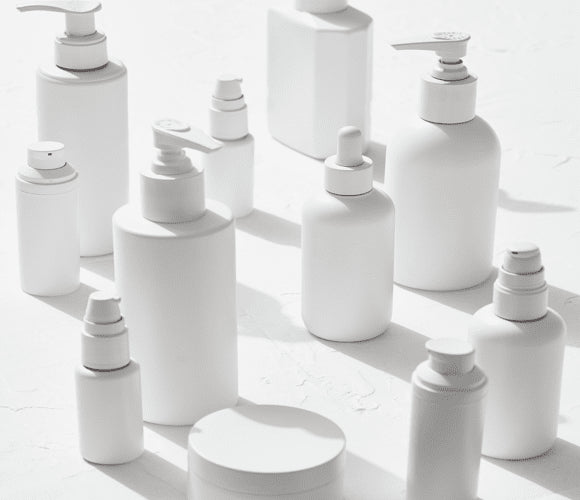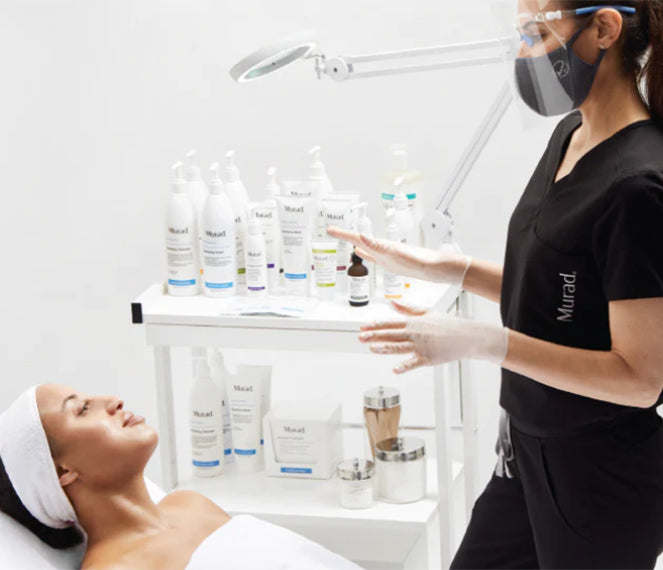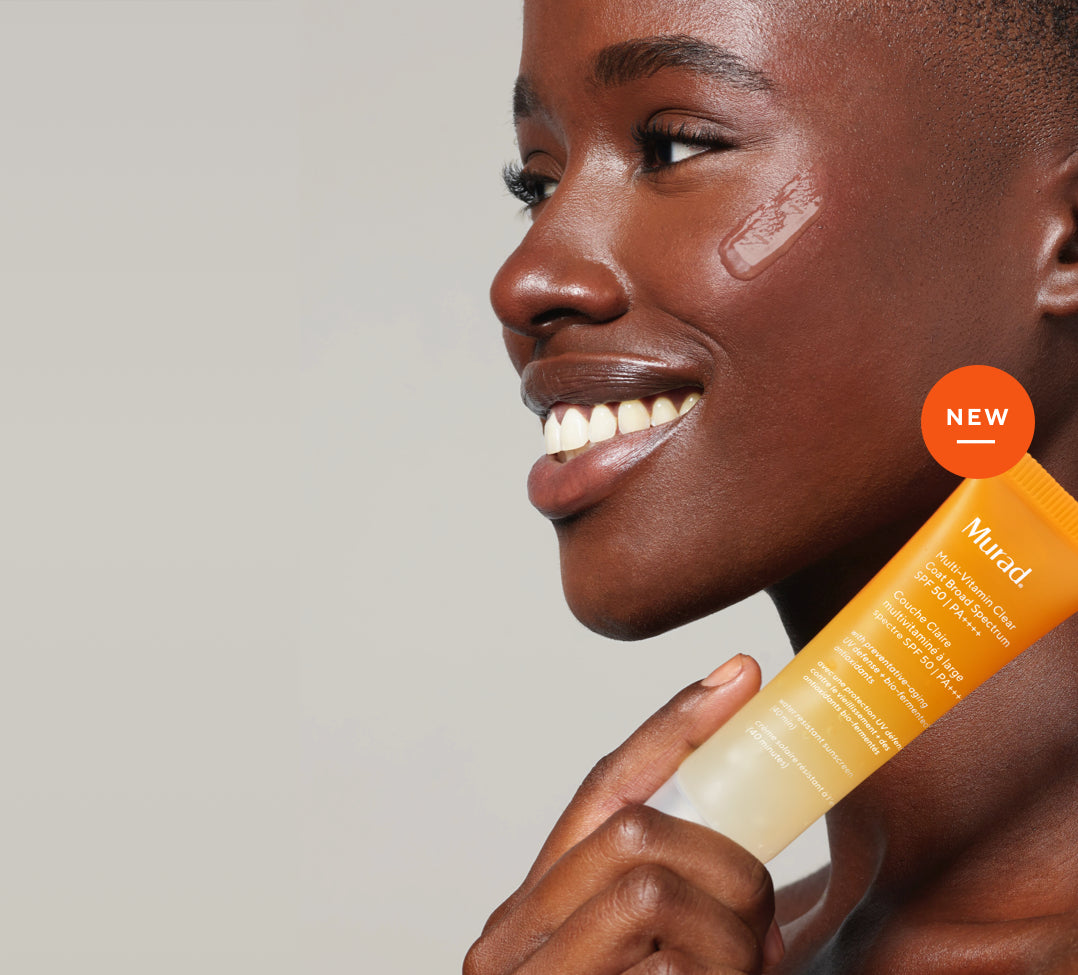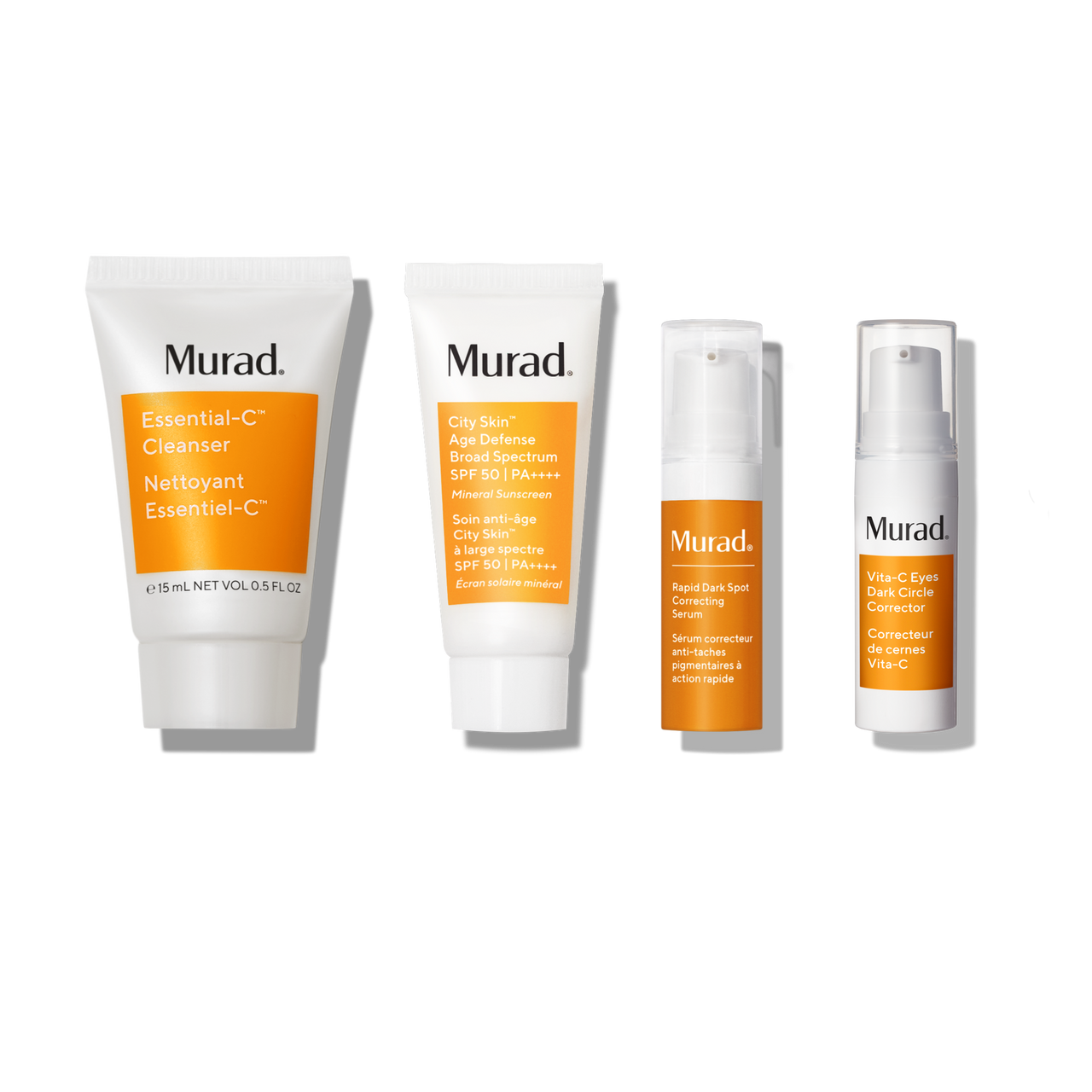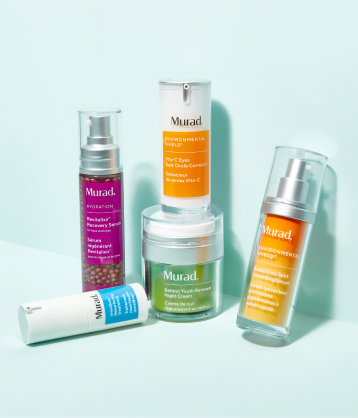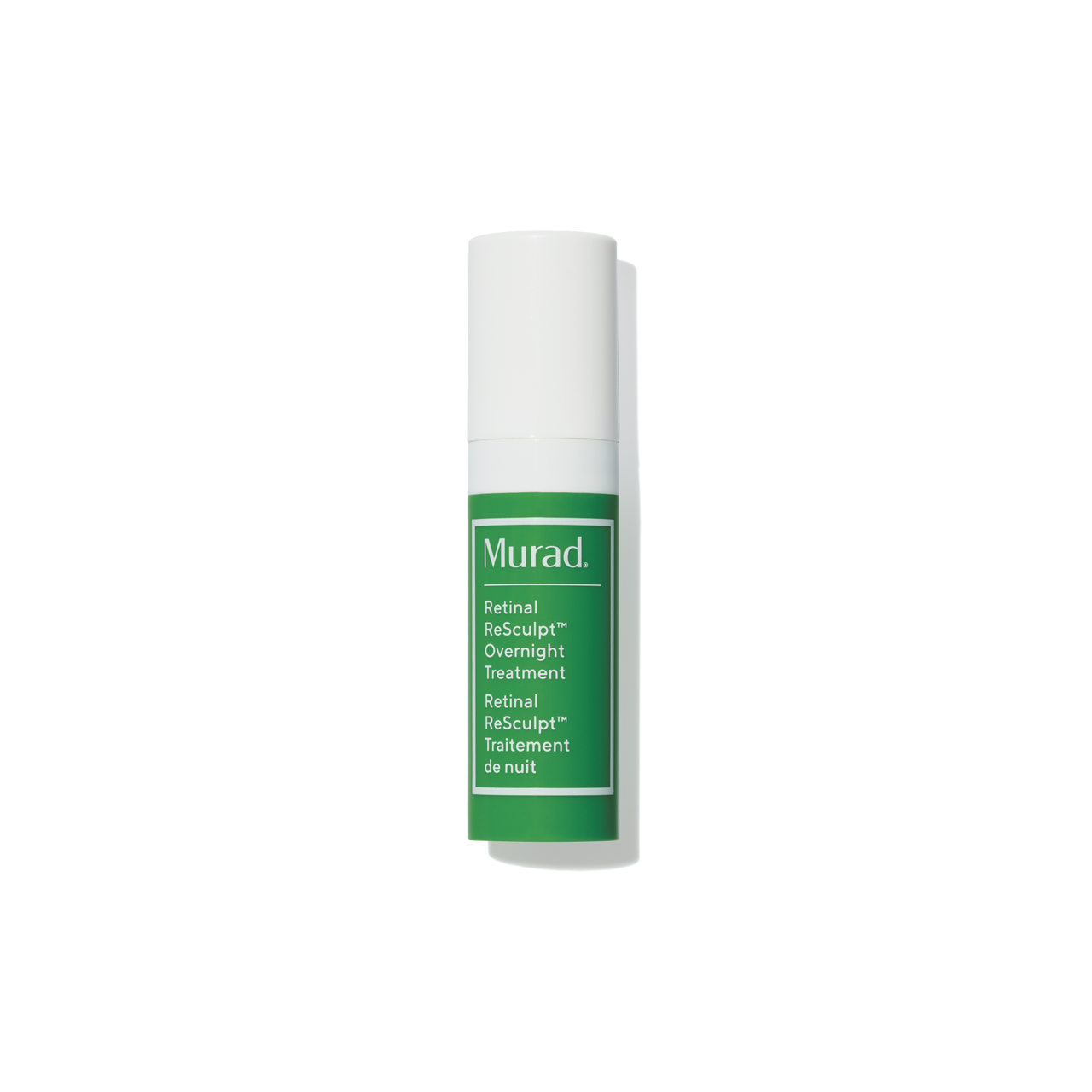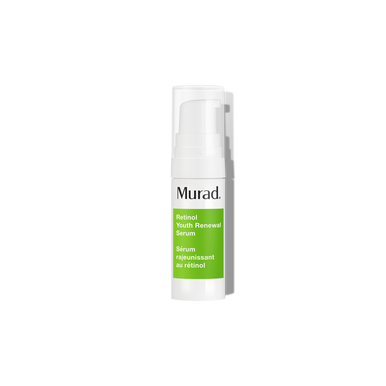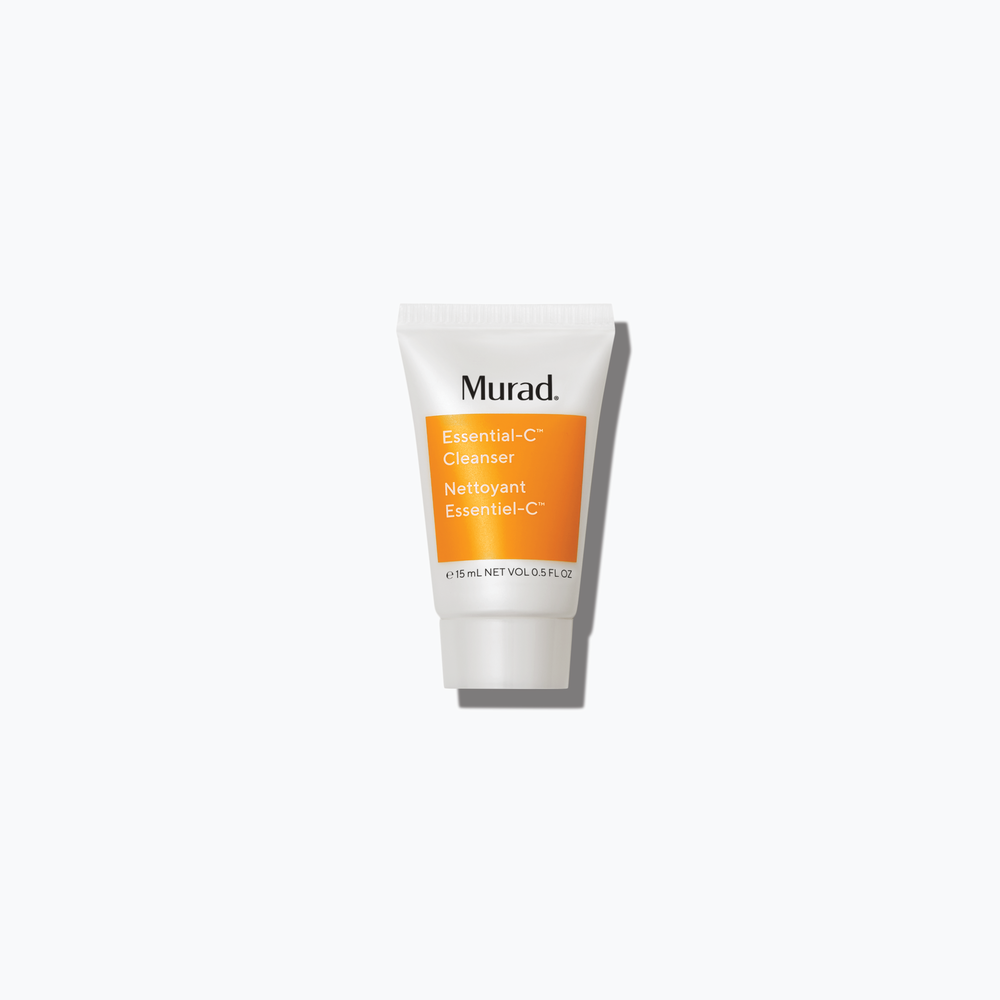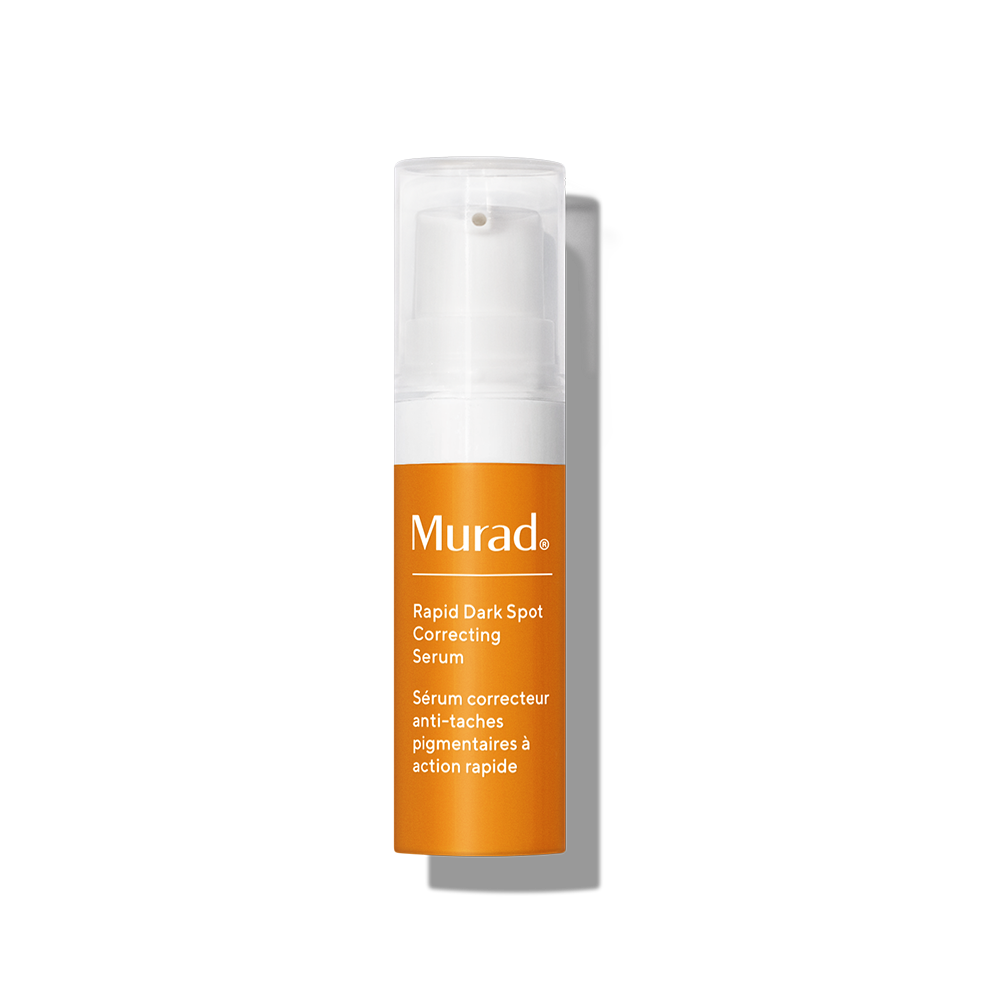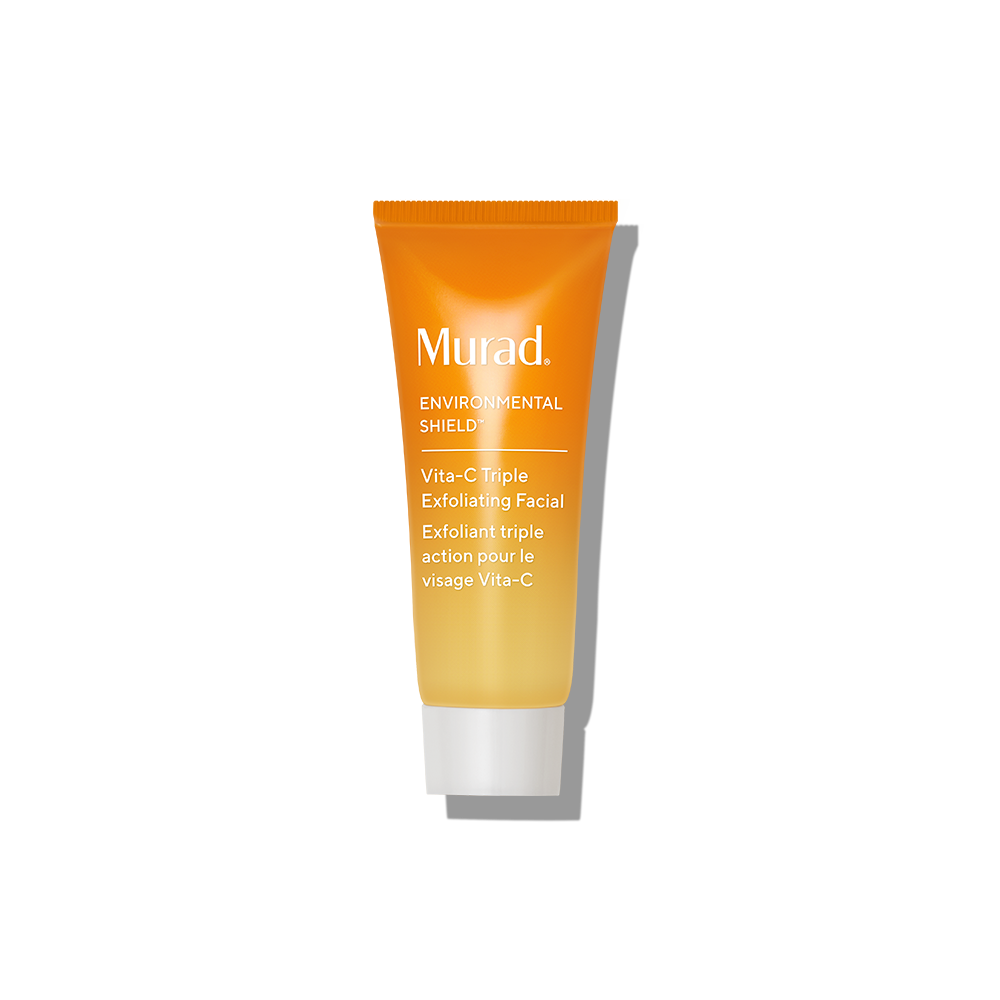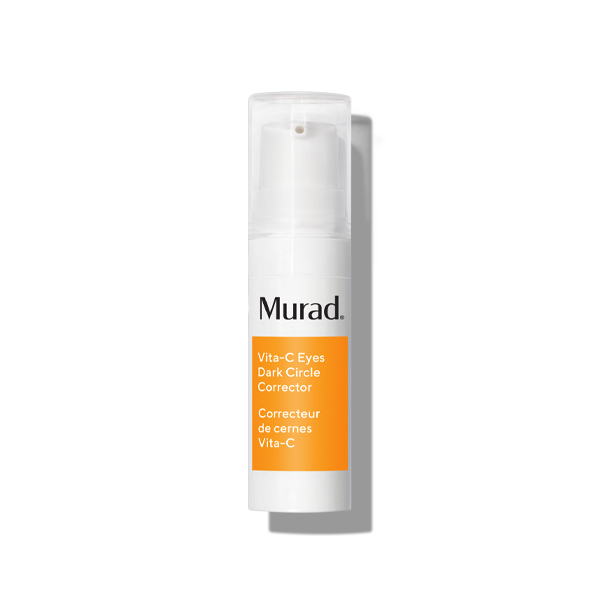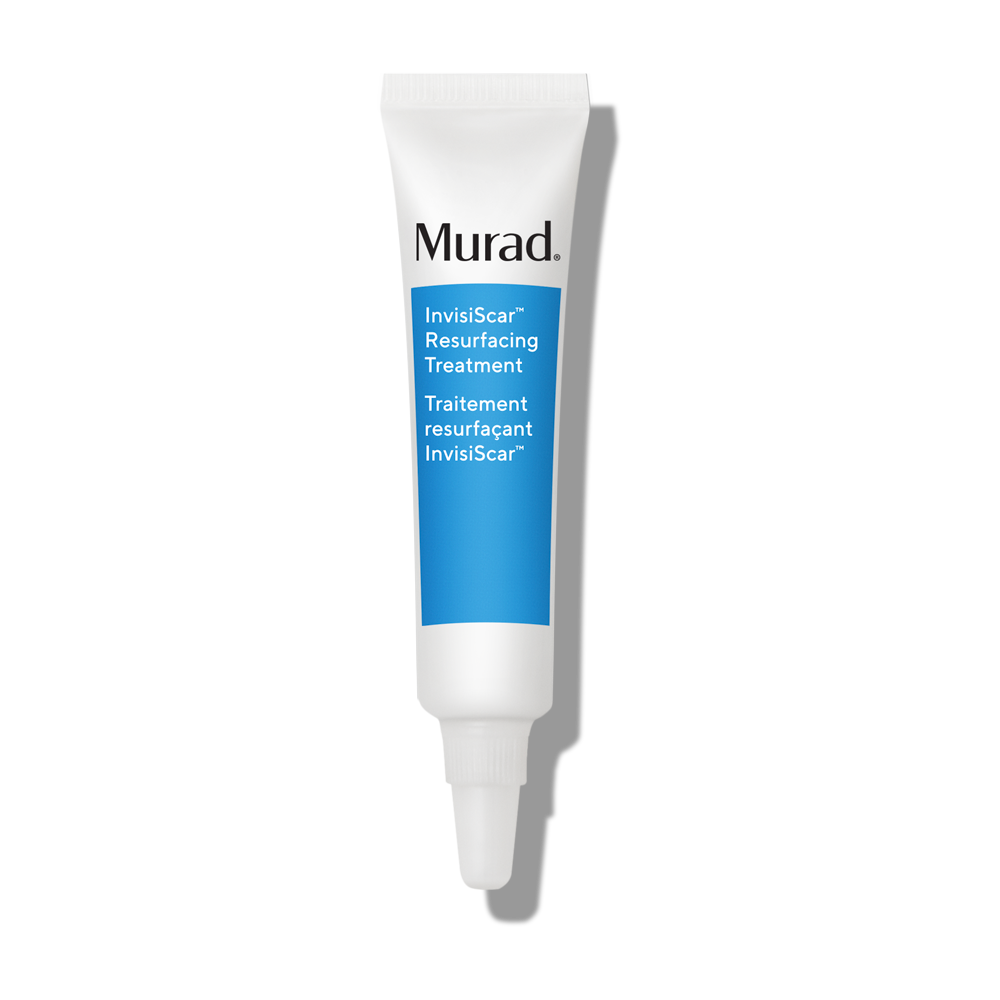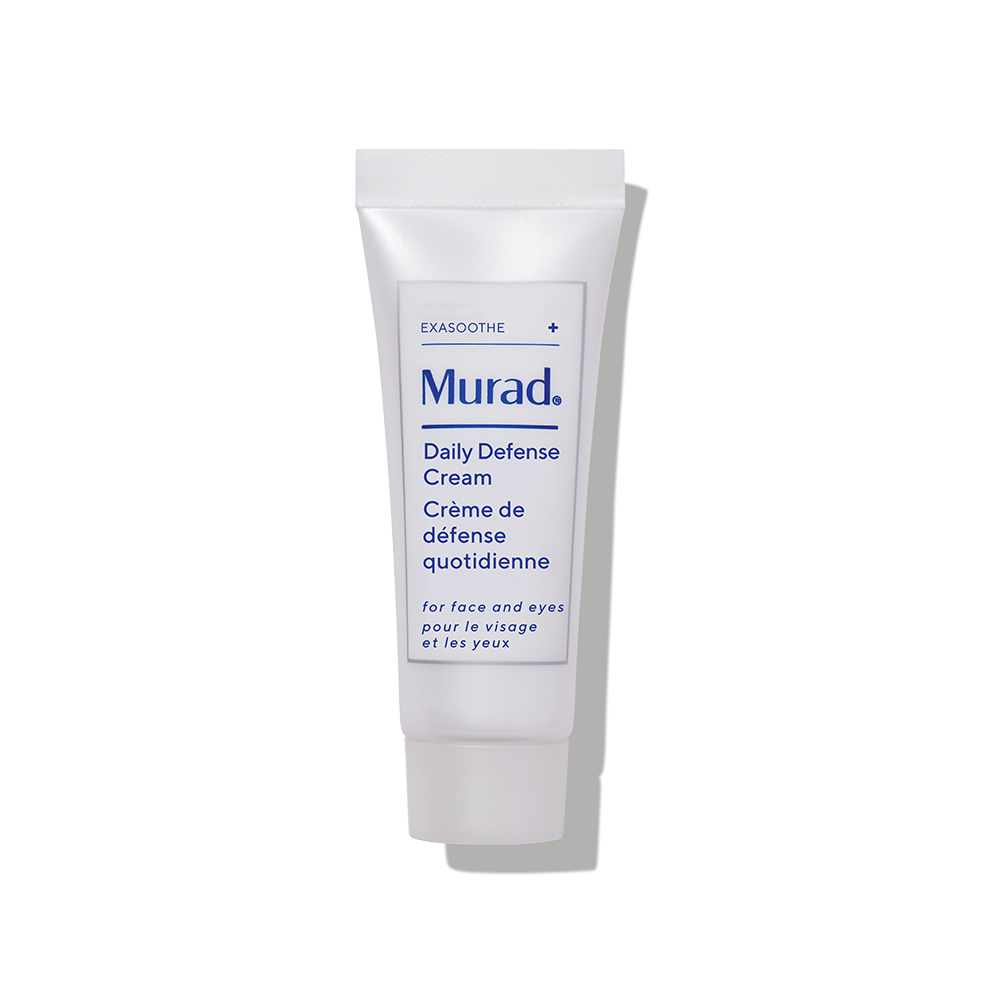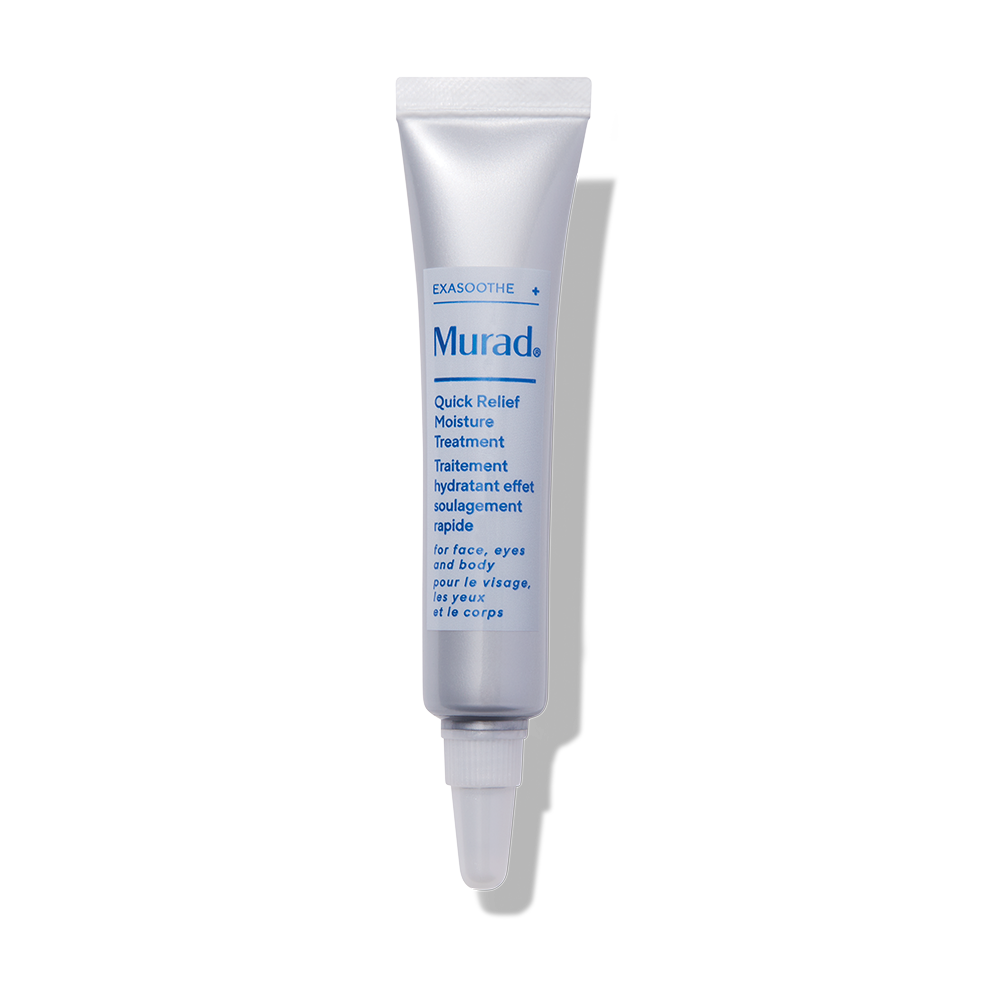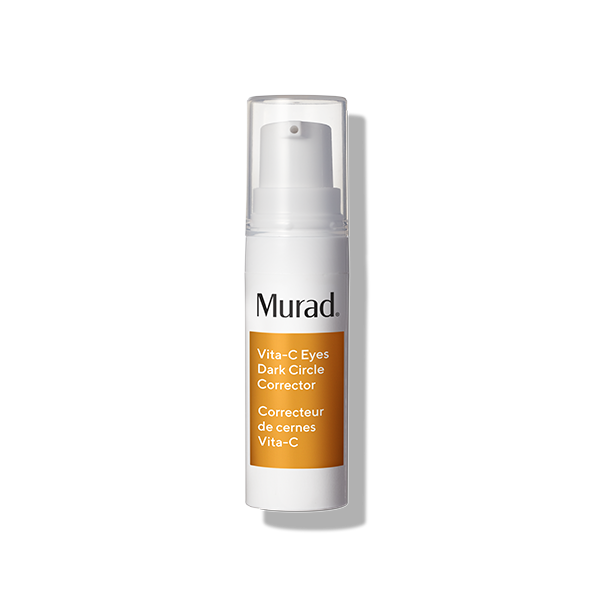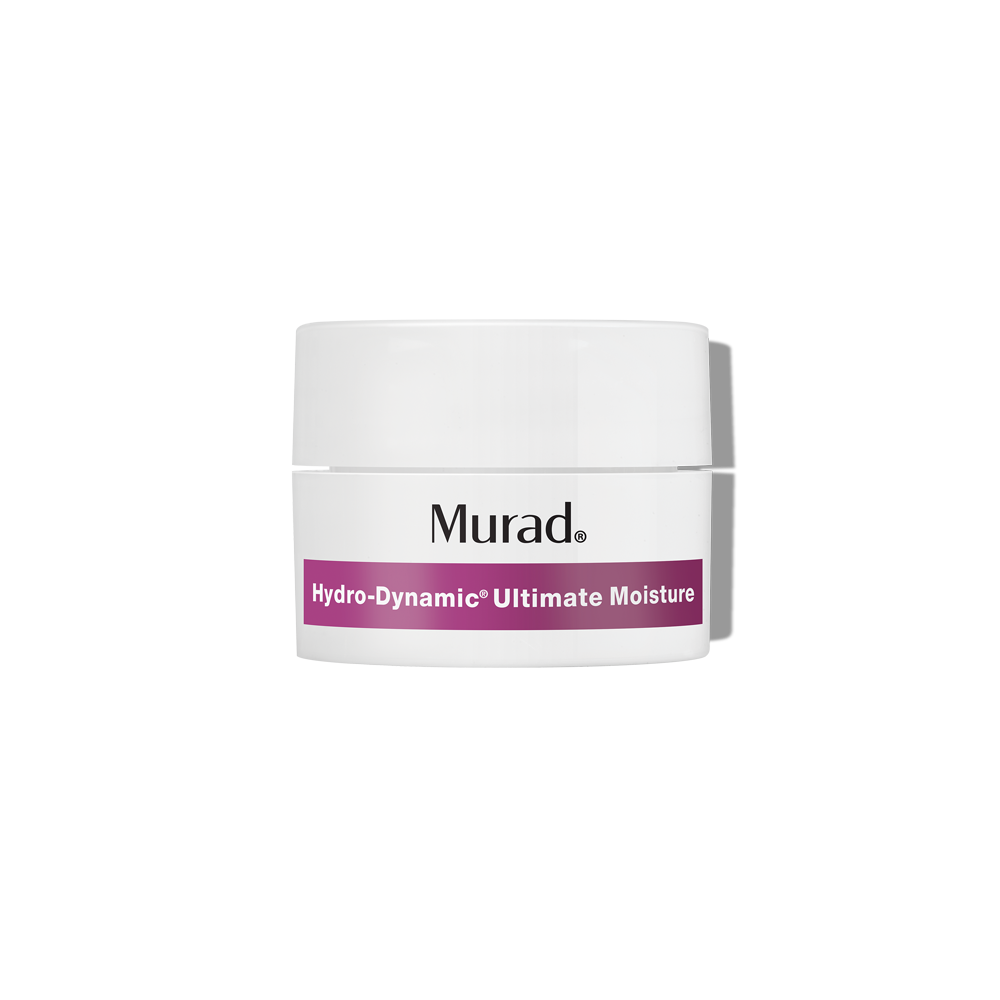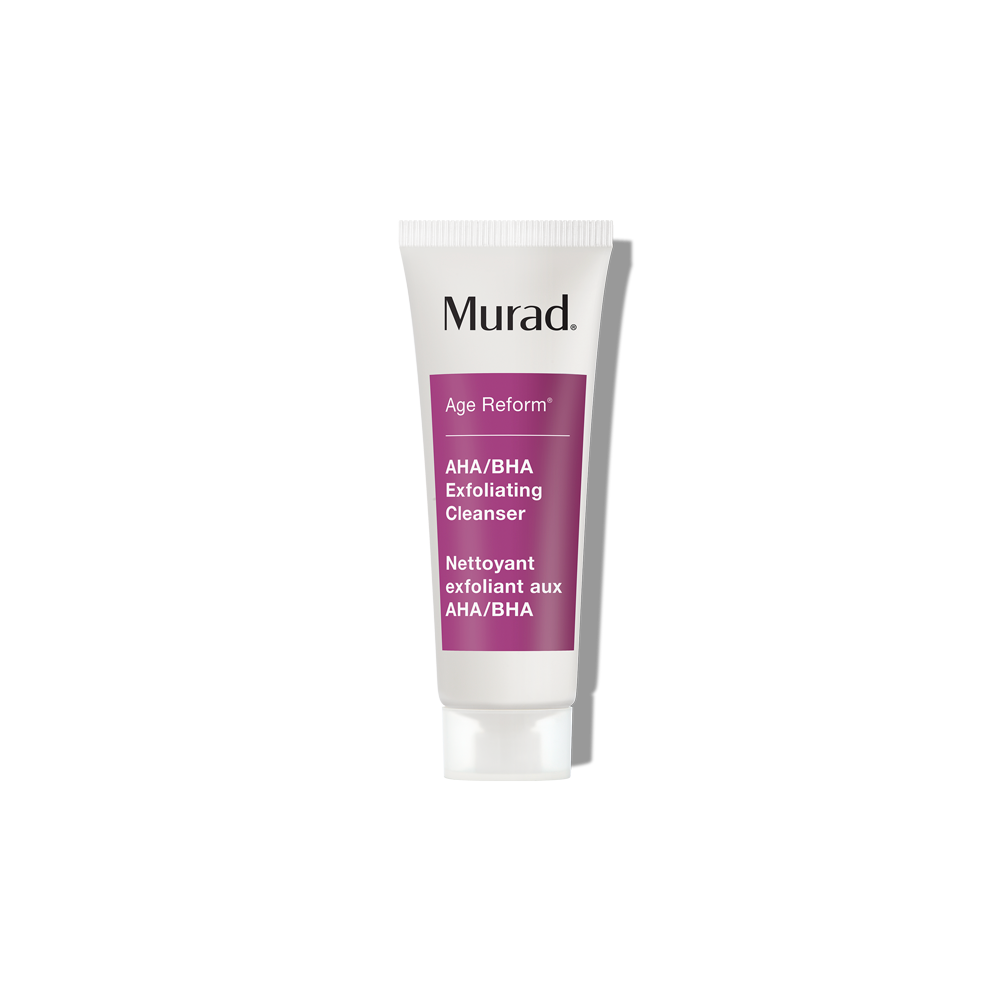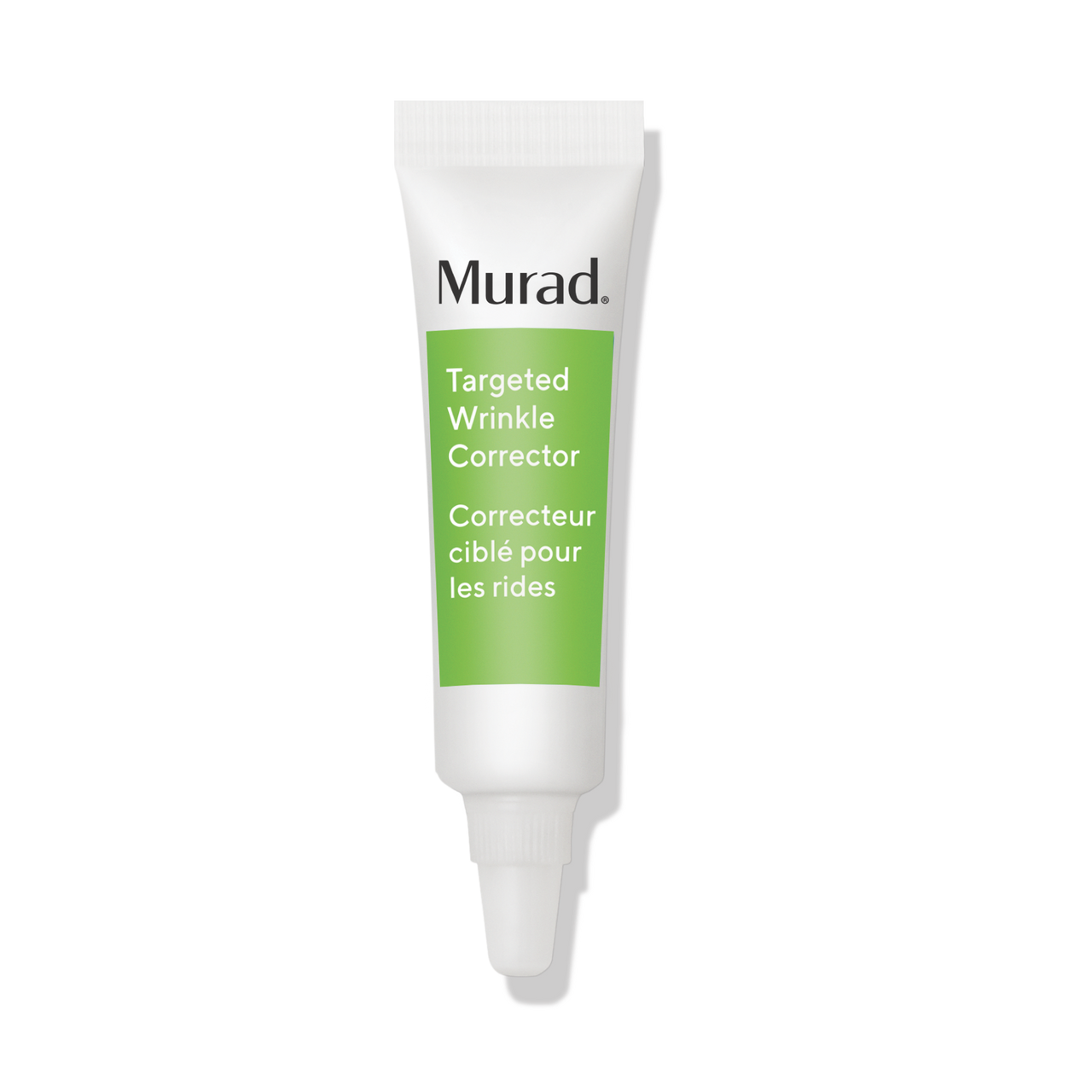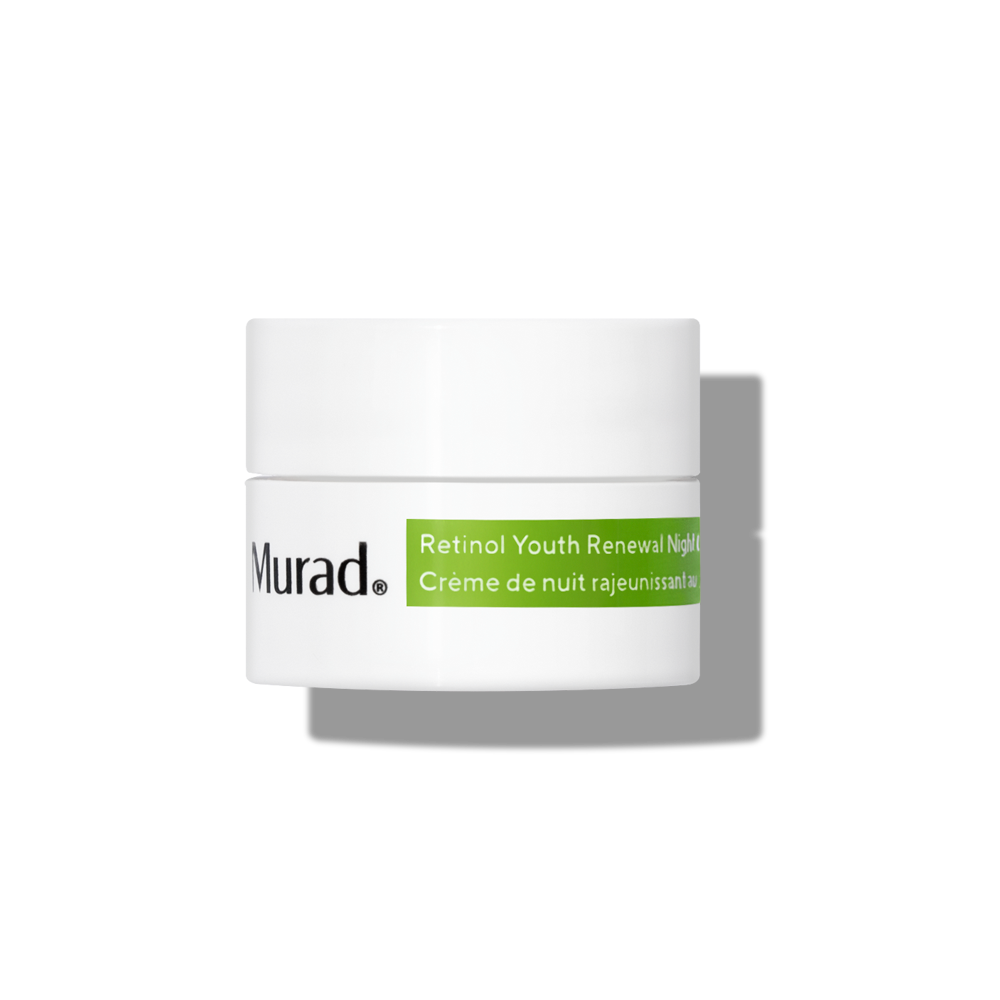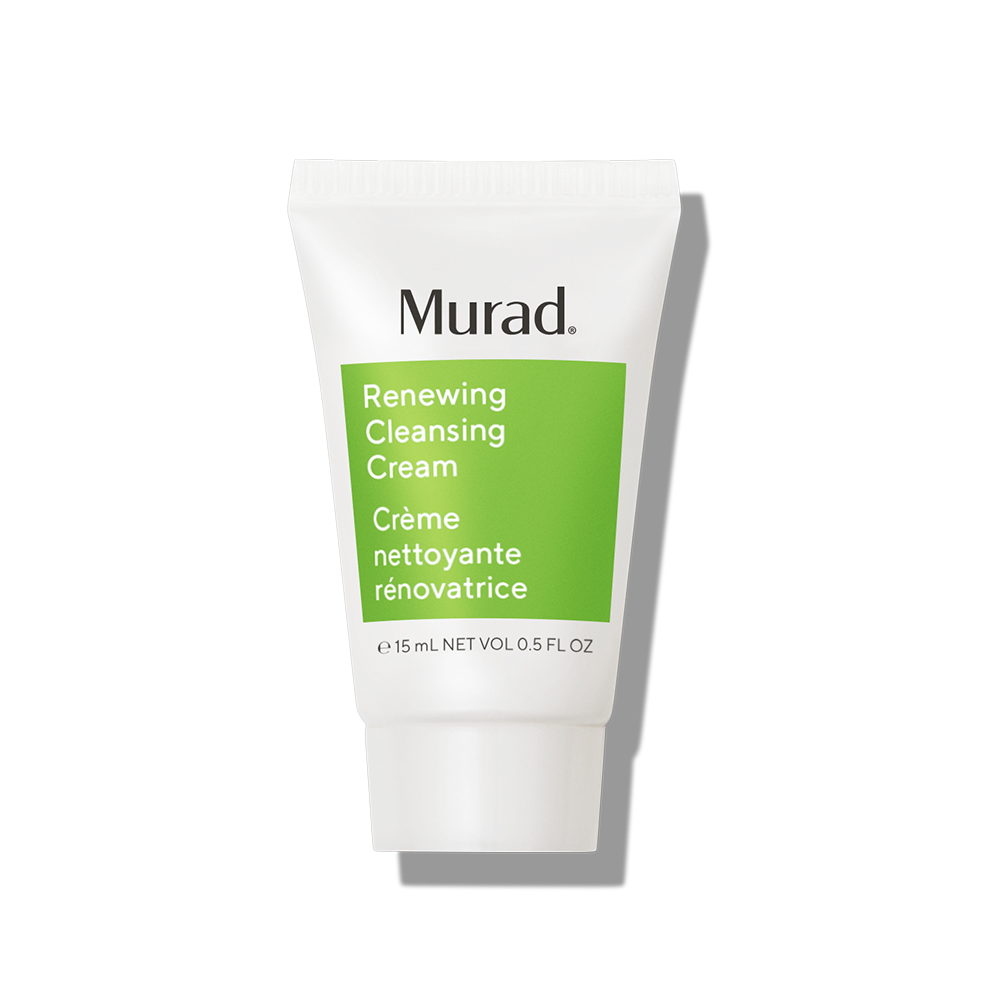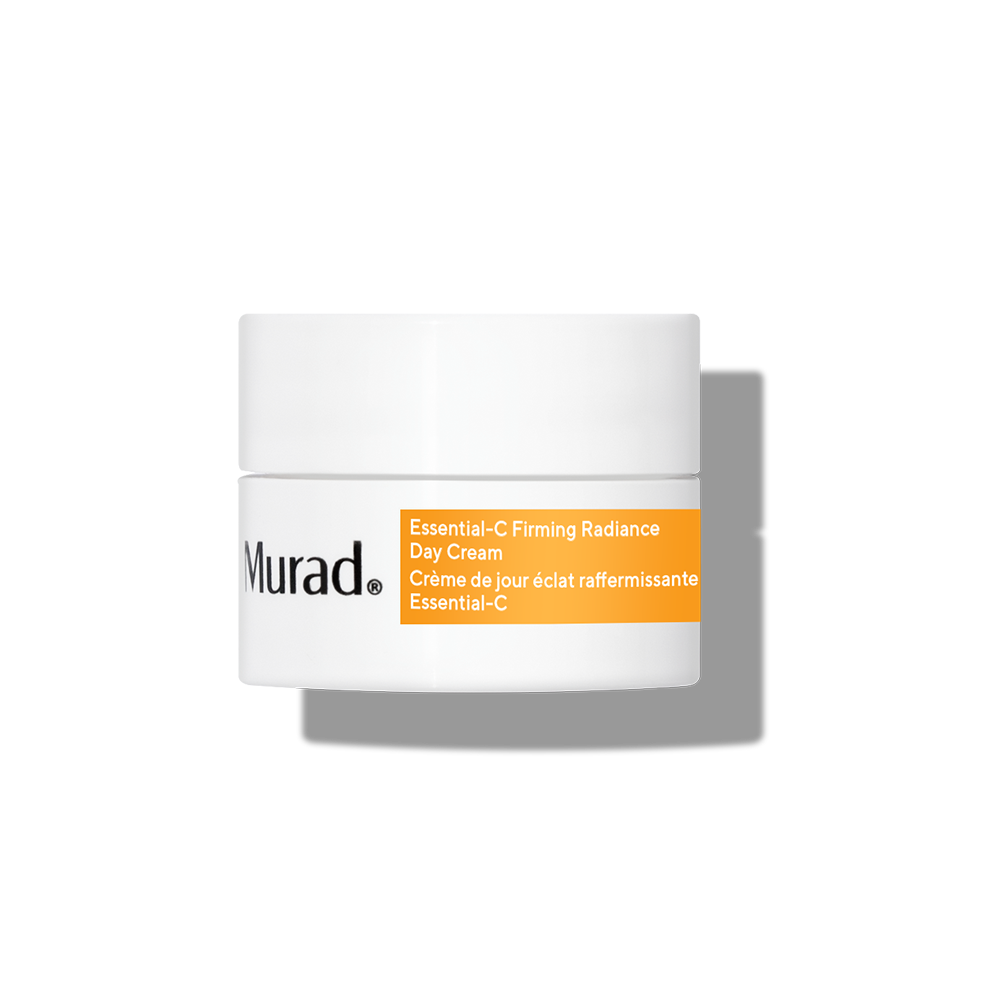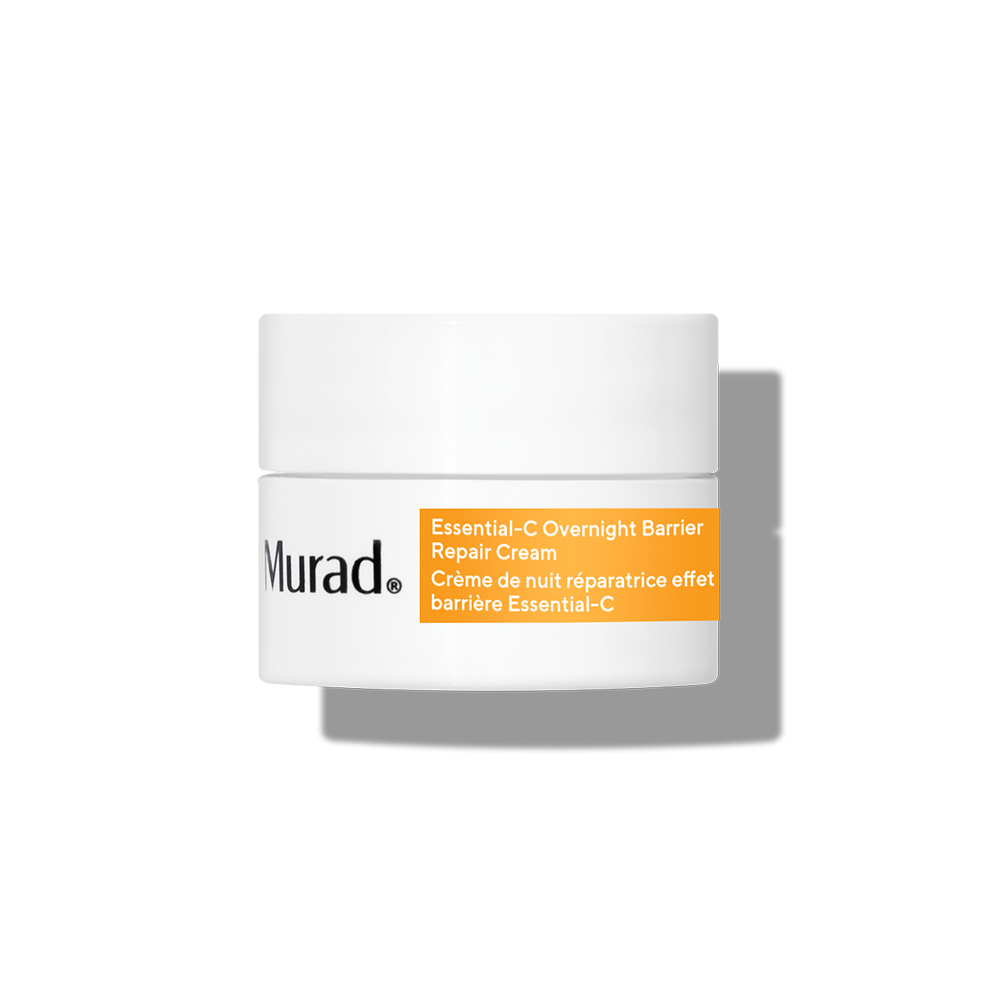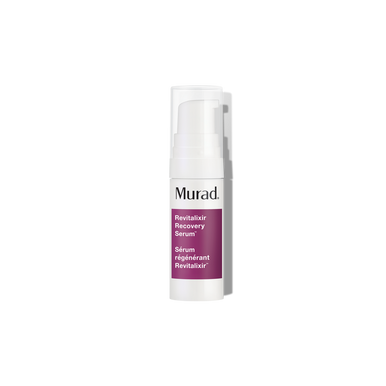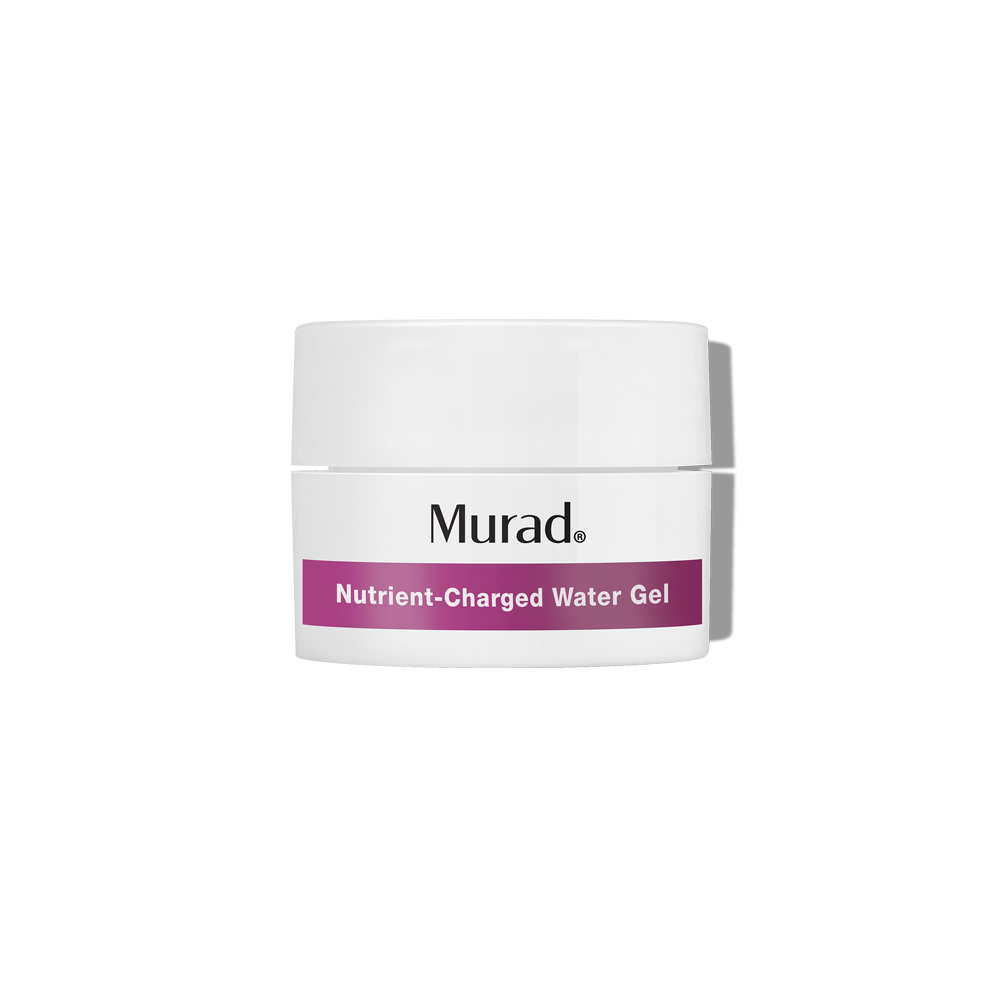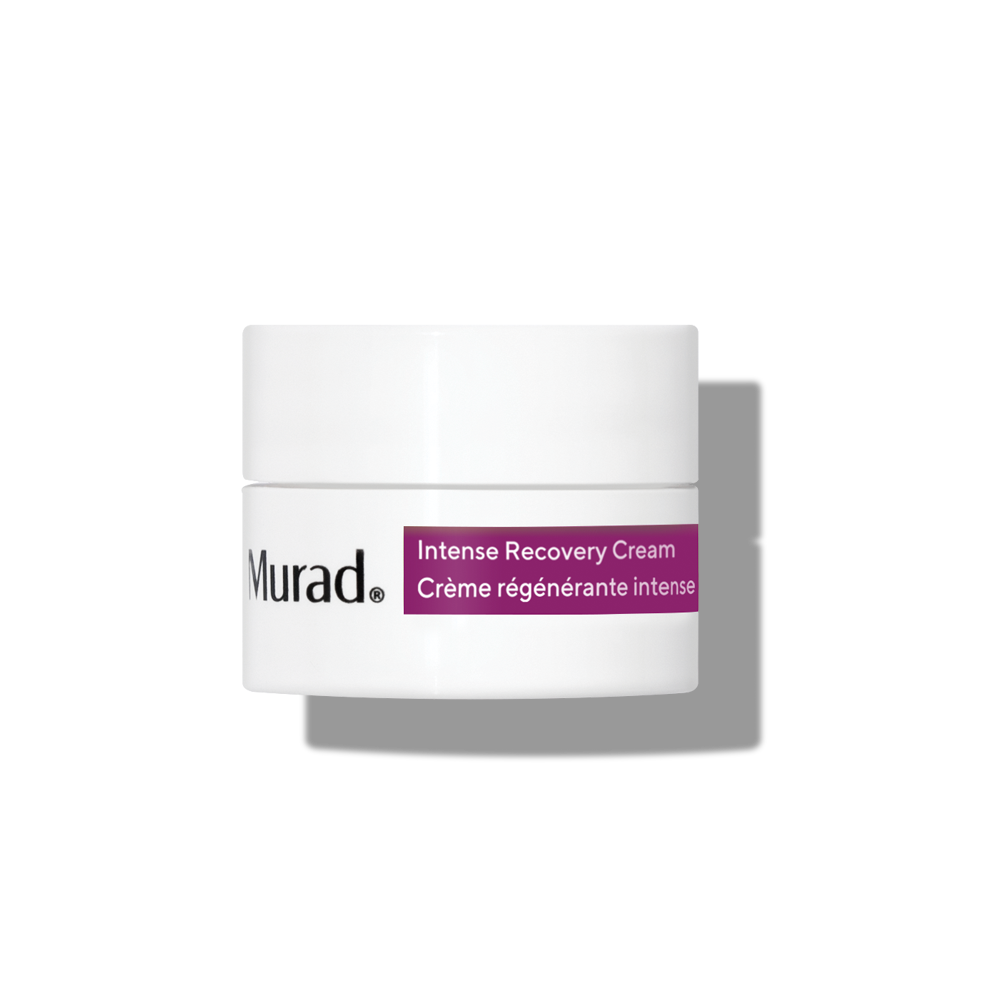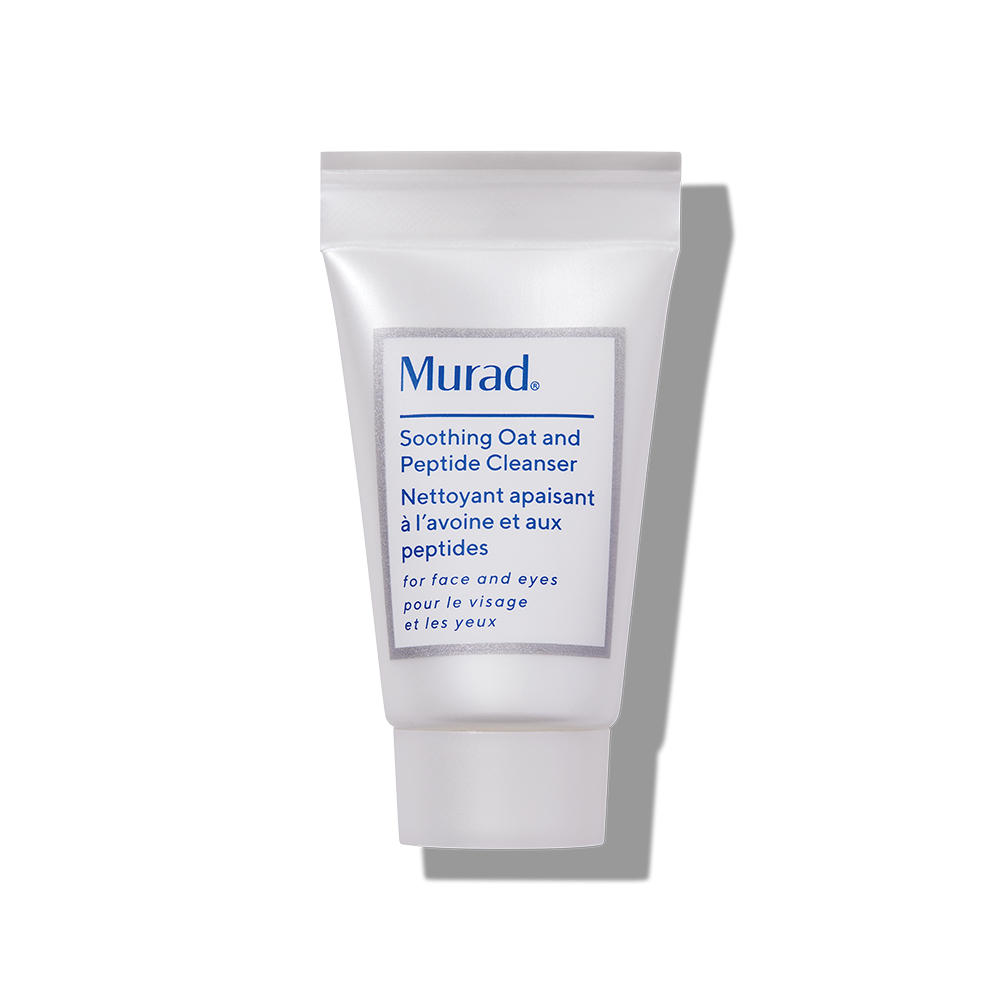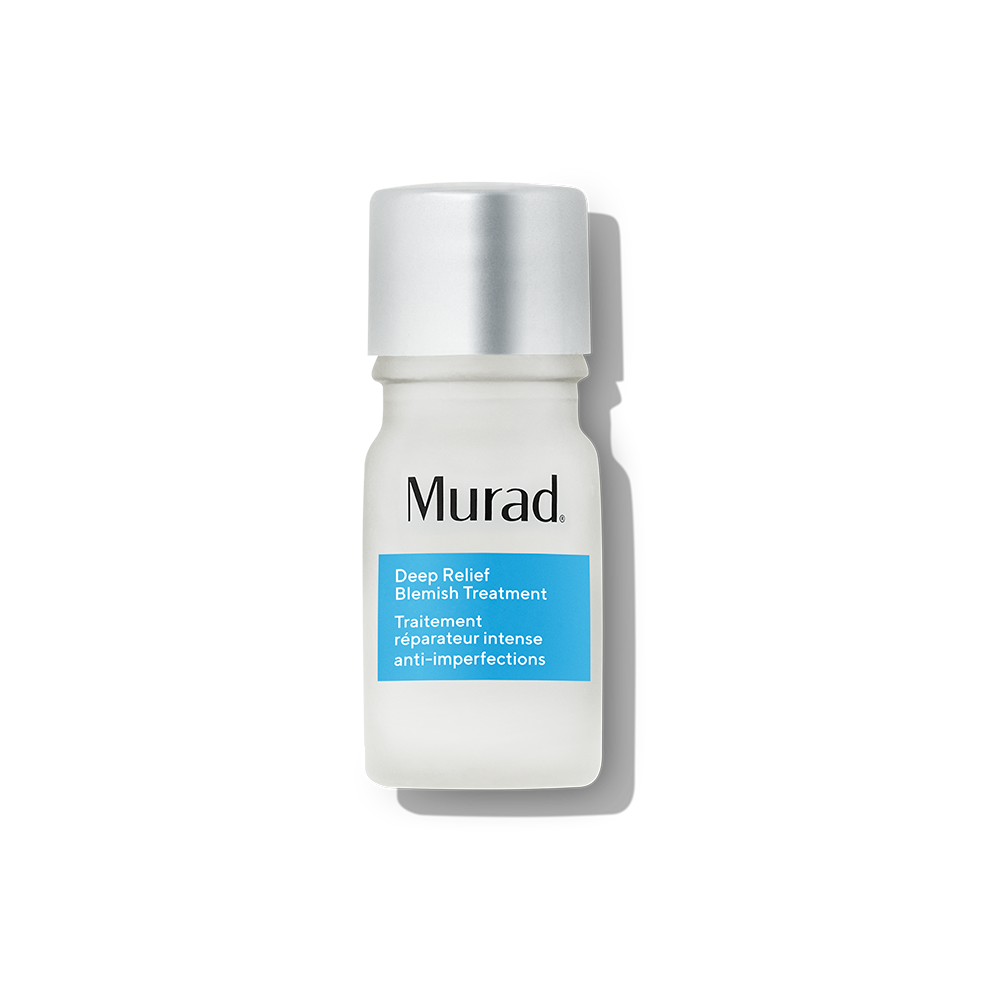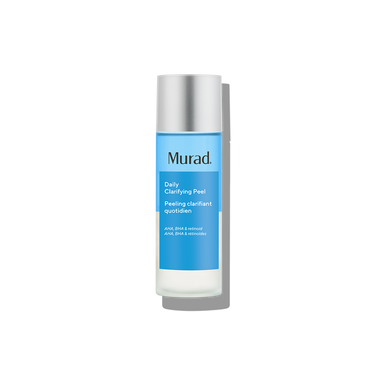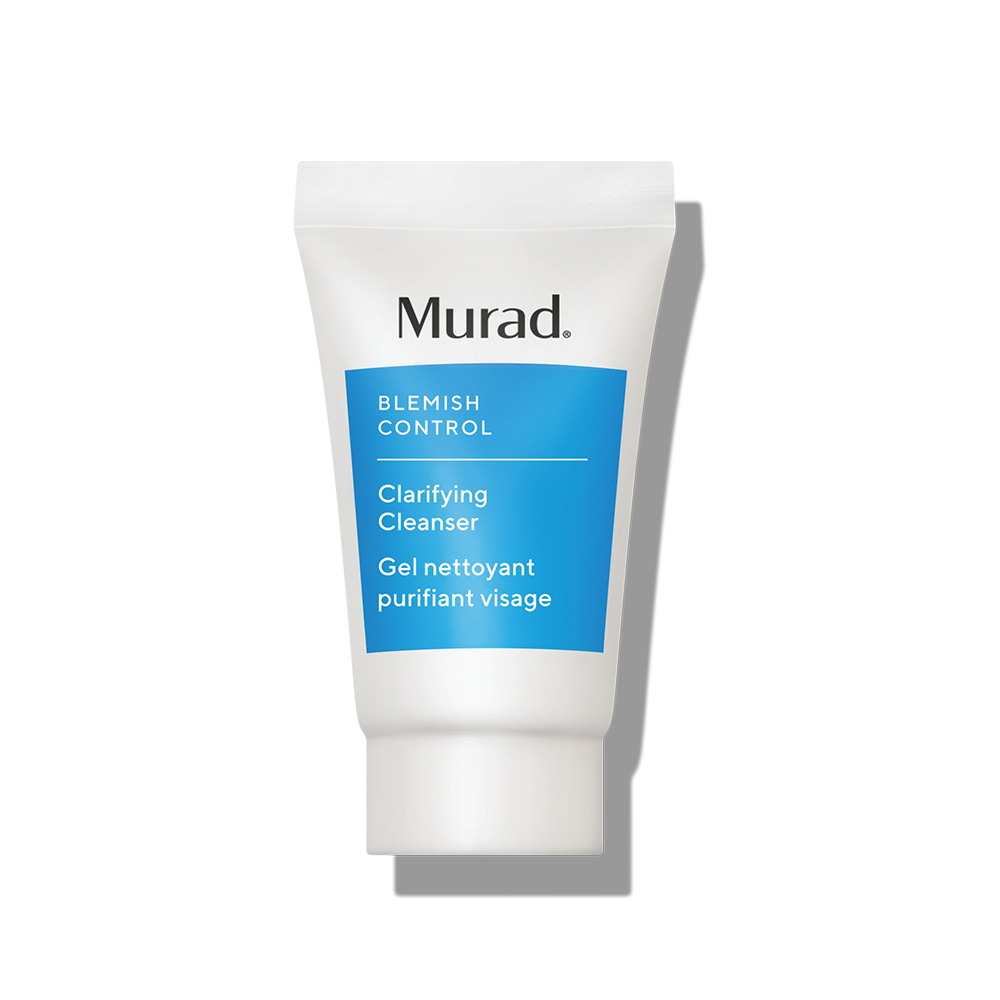Dr Hazel: Skin and the Menstrual Cycle
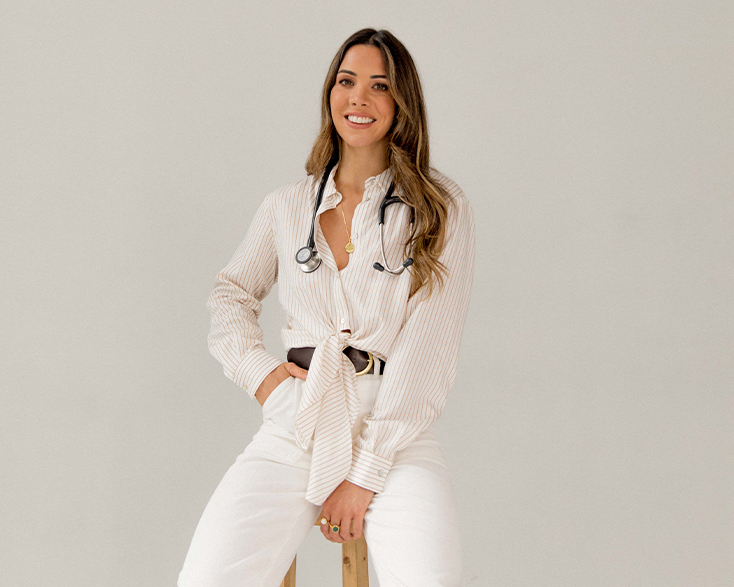
Let’s first take a quick recap of the menstrual cycle and hormones involved.
The menstrual cycle
In a textbook 28 day menstrual cycle (although most people do not have a textbook cycle) menstruation, or the period, occurs on day 1 and usually ends around day 5 or 6. The menstrual cycle is split by two main phases; the follicular phase (day 1-14) and the luteal phase (day 15-28), with ovulation sandwiched between. This is all orchestrated by the ebb and flow of several hormones. For the purpose of this article, we are just going to focus on Oestrogen and Progesterone.

What happens to the skin across the menstrual cycle?
● Early follicular phase: Oestrogen and progesterone levels are low and so you may notice your skin is dry and sensitive during this time (2,3). If so, opt for a more gentle and hydrating skincare. You may also want to avoid chemical peels or experimenting with new products with strong active ingredients.
● Late follicular phase and ovulation: Oestrogen rises, peaking just before ovulation giving skin a dewy glow - often referred to as the ‘ovulation glow’ . This is because oestrogen plays a role in collagen formation, skin hydration, barrier function and wound healing (3). However, some women may notice their skin is a little more oily at this time and experience breakouts. Additionally higher levels of oestrogen can also stimulate pigment production (1,4), so if you are prone to hyperpigmentation it is super important to step up the sunscreen and perhaps include skincare products with ingredients that target pigmentation, such as vitamin C. Oral contraceptives can also cause hyperpigmentation in some women (4).
● Luteal phase: Progesterone rises and peaks in the luteal phase and typically leads to increased sebum production (an oily substance produced by glands in the skin) (1). Androgens such as testosterone (often referred to as “male hormones” although present in both sexes) also increase sebum production. While this acts as a protective moisturizer for the skin, excess sebum can combine with dirt and dead skin cells and get trapped in pores - making the perfect place for acne-causing bacteria (Propionibacterium acnes) to thrive. Levels of androgens rise during puberty in males and females, which is why acne is quite common in this age group - however many adults experience acne too. In fact, many women report flare ups of their acne symptoms in the days leading up to, and during, the period (5). For this reason, hormonal treatment (such as the oral contraceptive pill) may be prescribed to help treat acne in women. If you are noticing acne flares around this time, you could include some preventative acne skincare, for example using products including salicylic acid, benzoyl peroxide, or a retinol.
So what’s your takeaway? Not everyone will experience big changes in their skin during their cycle, but for those who do, understanding the changes can allow some anticipatory skincare tweaks tailored to your skin type. It can help for the first few cycles to keep a diary to see if this matches what they experience. As always, if you are experiencing skin issues, such as acne, please do speak to your GP for further support and onward referral if necessary.
(1) Raghunath RS, Venables ZC, Millington GW. The menstrual cycle and the skin. Clin Exp Dermatol. 2015 Mar;40(2):111-5. doi: 10.1111/ced.12588. Epub 2015 Feb 11. (2) Agner T, Damm P, Skouby SO. Menstrual cycle and skin reactivity. J Am Acad Dermatol. 1991 Apr;24(4):566-70. doi: 10.1016/0190-9622(91)70084-f. PMID: 2033132. (3) Shah MG, Maibach HI. Estrogen and skin. An overview. Am J Clin Dermatol. 2001;2(3):143-50. doi: 10.2165/00128071-200102030-00003. PMID: 11705091. (4) Cario M. How hormones may modulate human skin pigmentation in melasma: An in vitro perspective. Exp Dermatol. 2019 Jun;28(6):709-718. doi: 10.1111/exd.13915. Epub 2019 May 15. PMID: 30883945 (5) Geller L, Rosen J, Frankel A, Goldenberg G. Perimenstrual flare of adult acne. J Clin Aesthet Dermatol. 2014;7(8):30-34.
